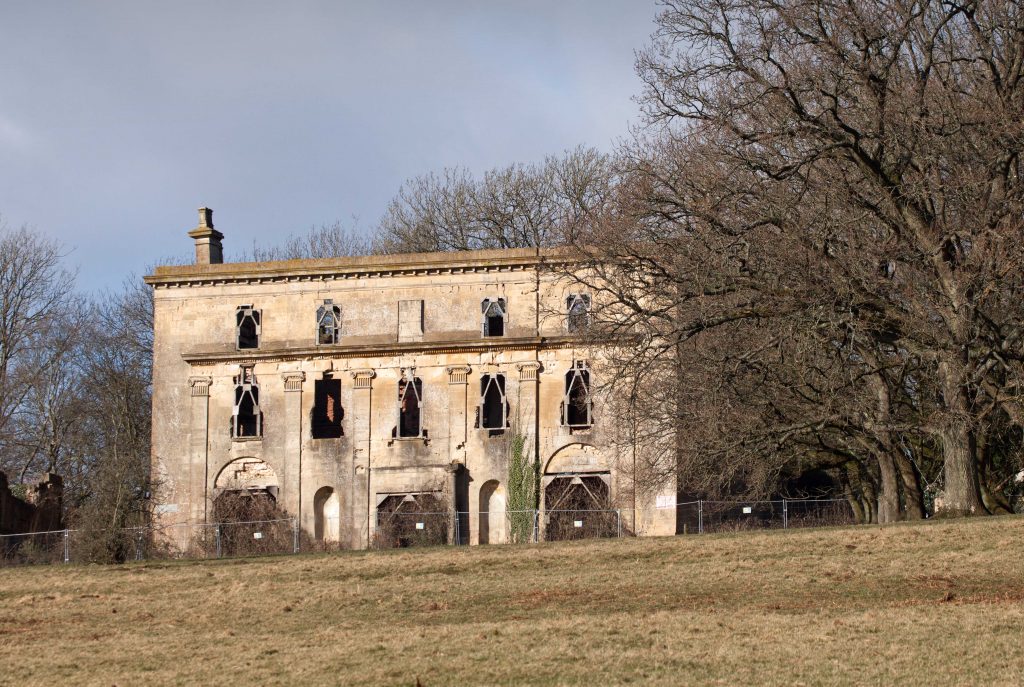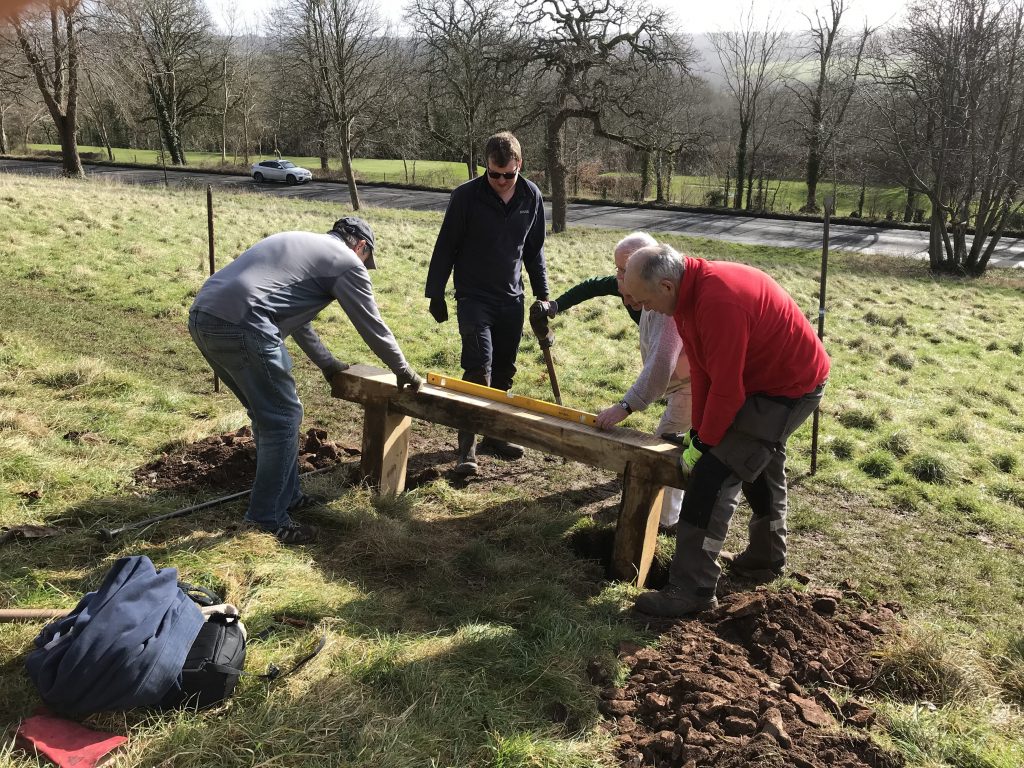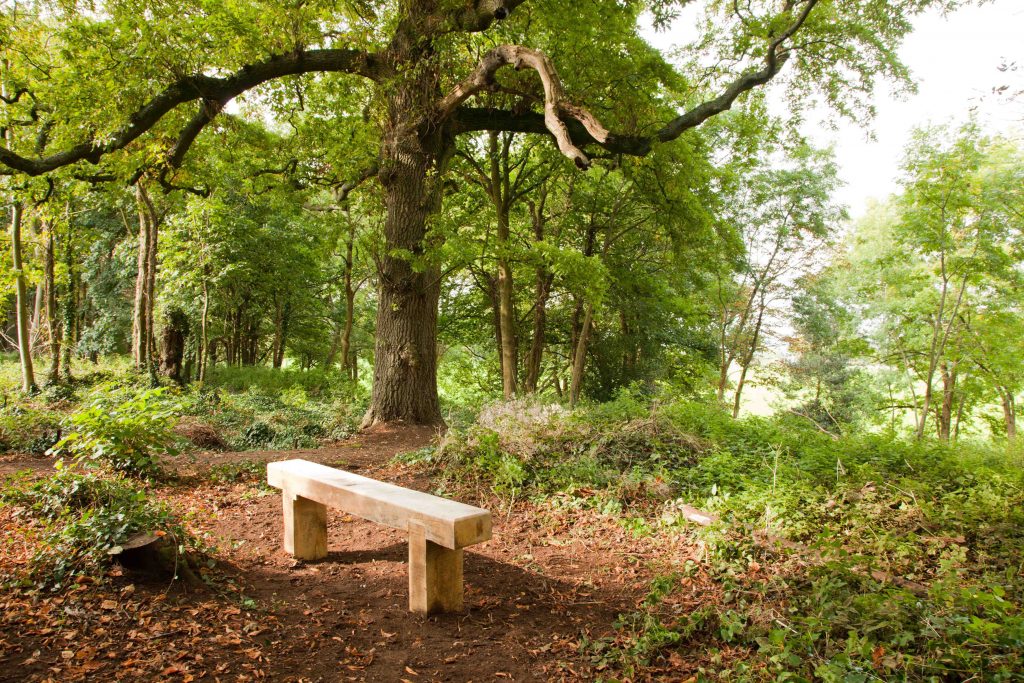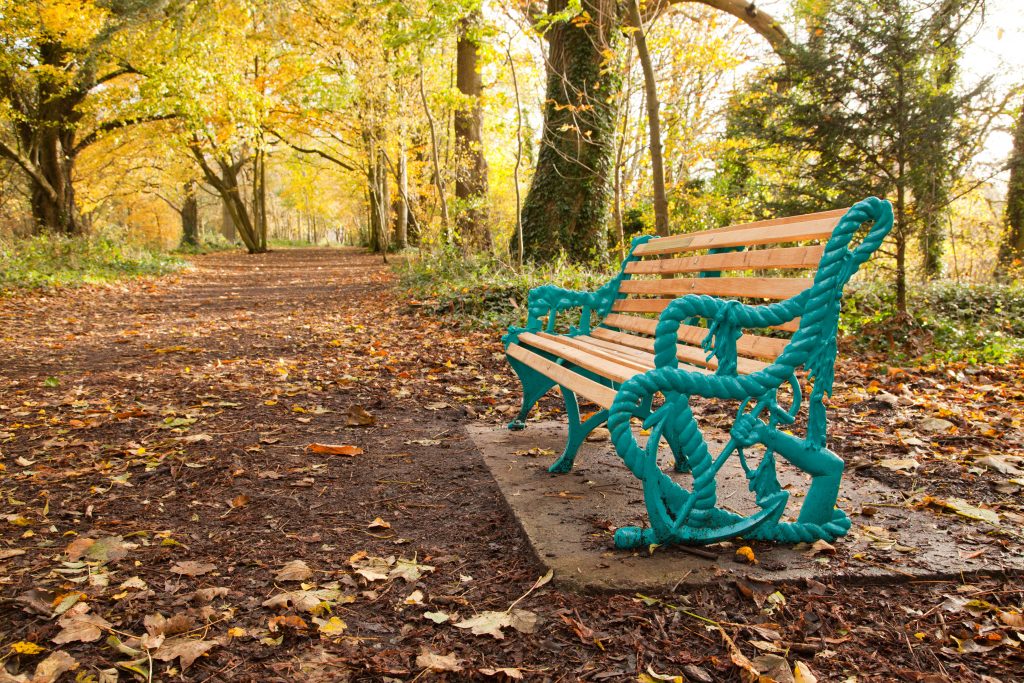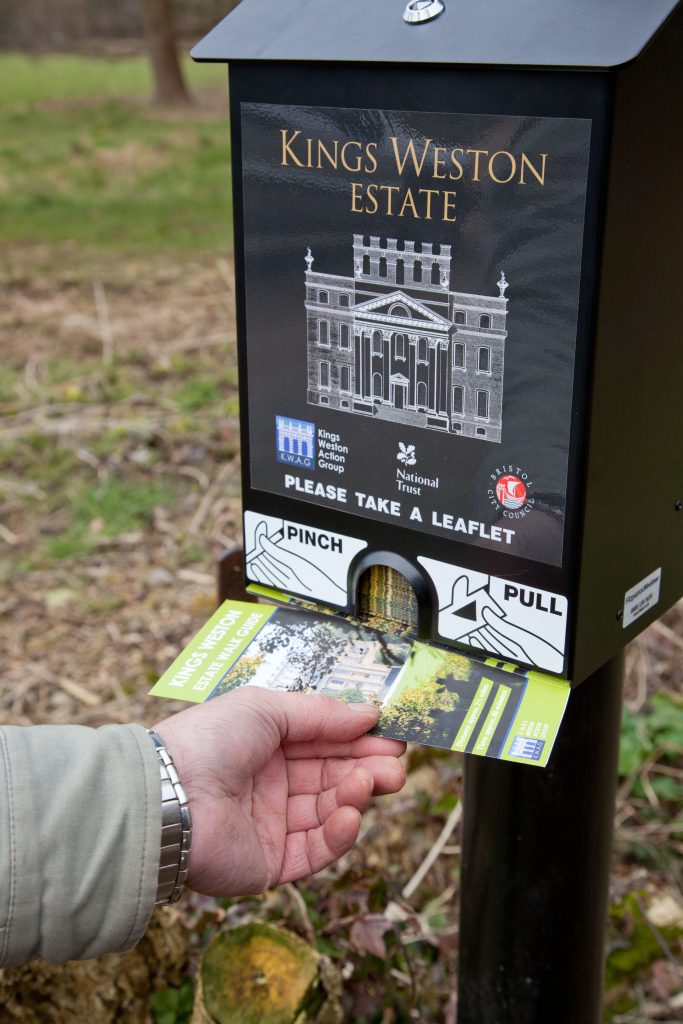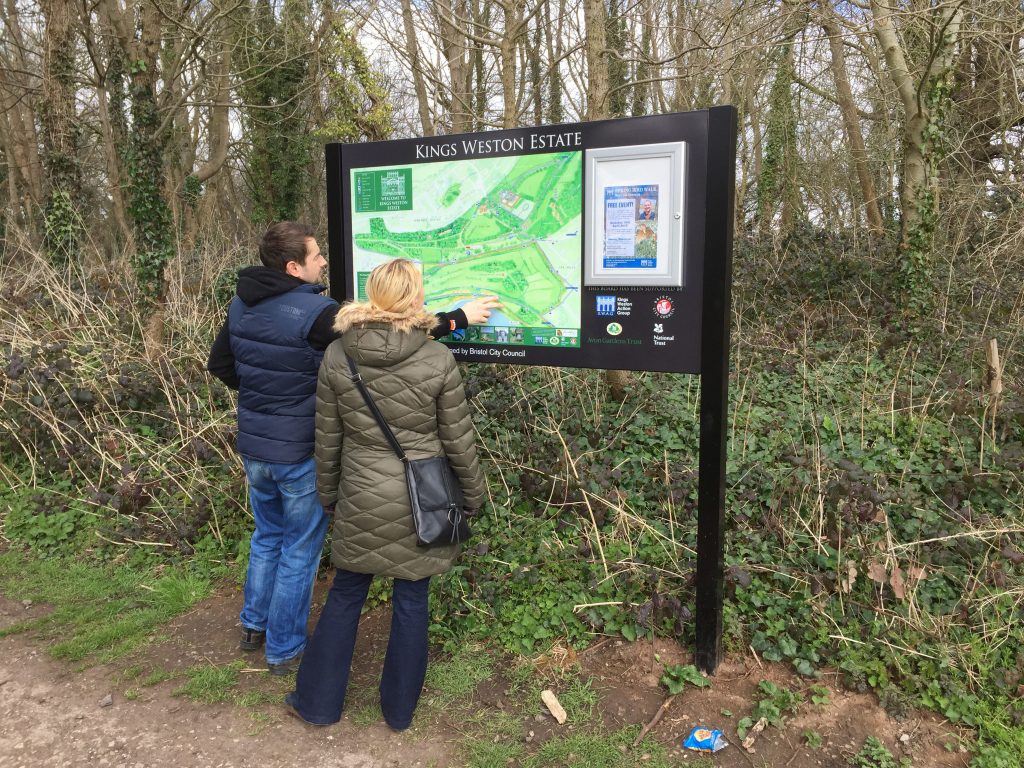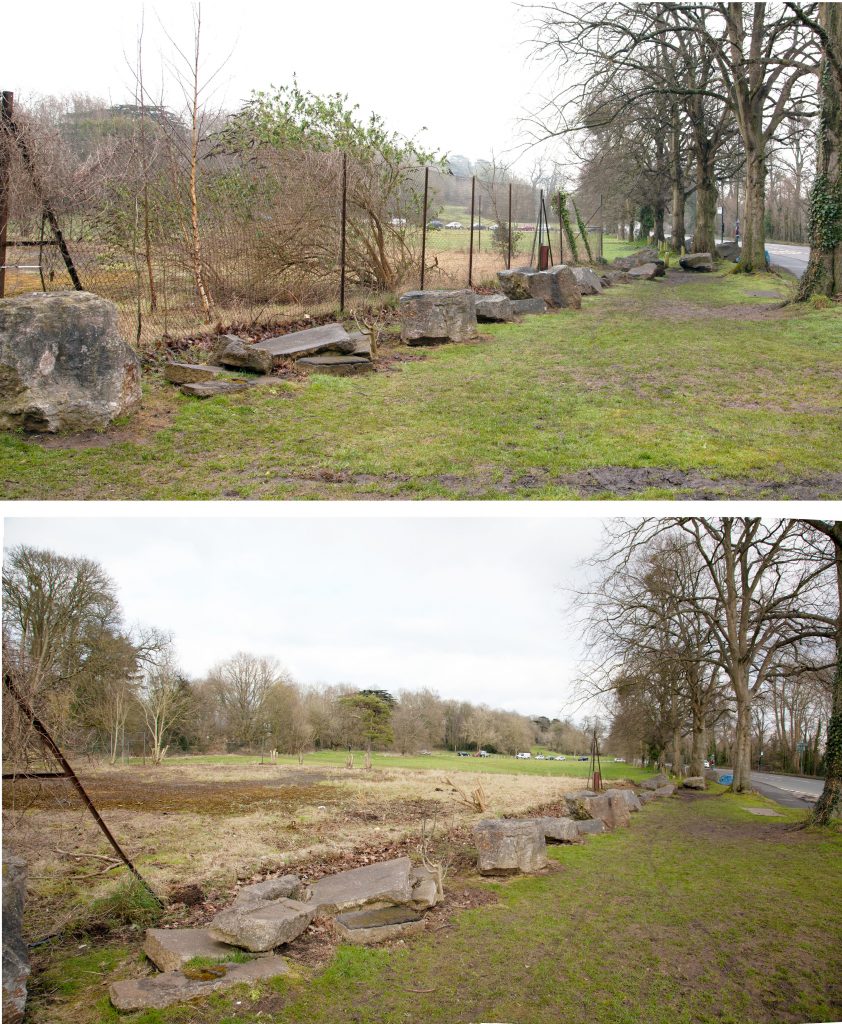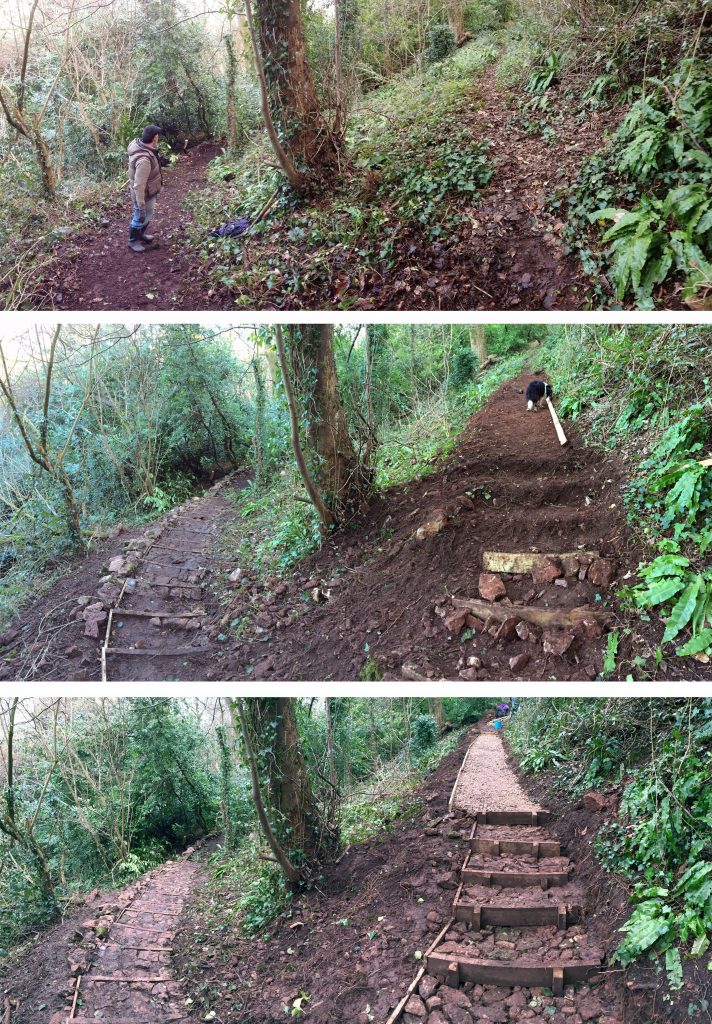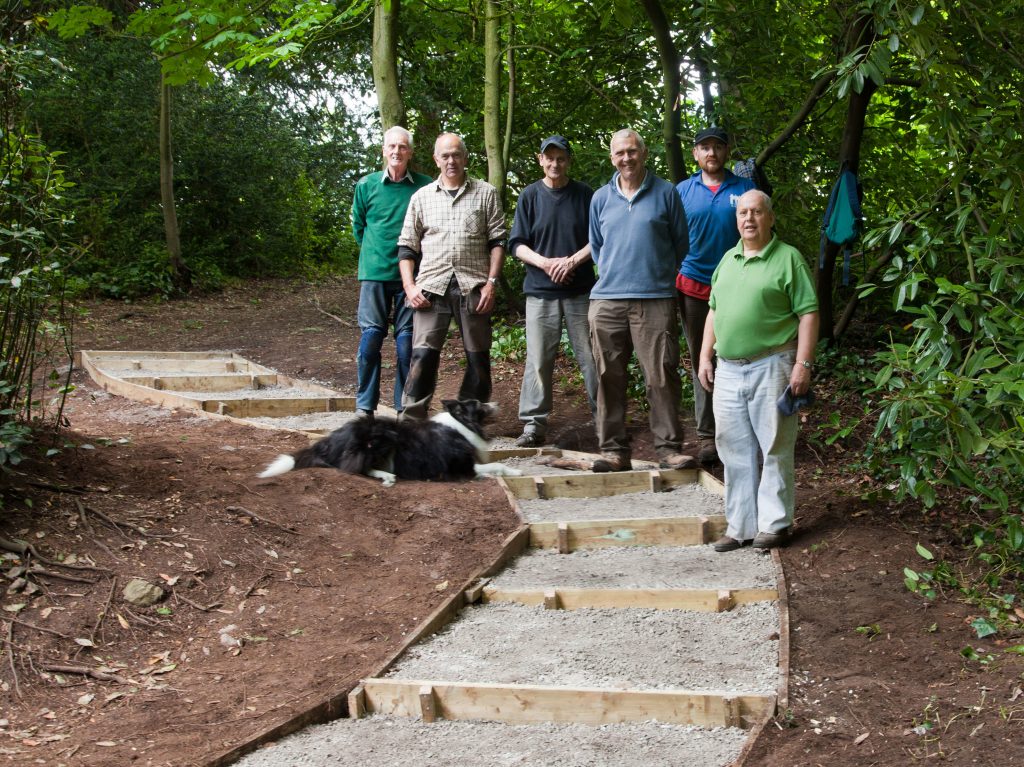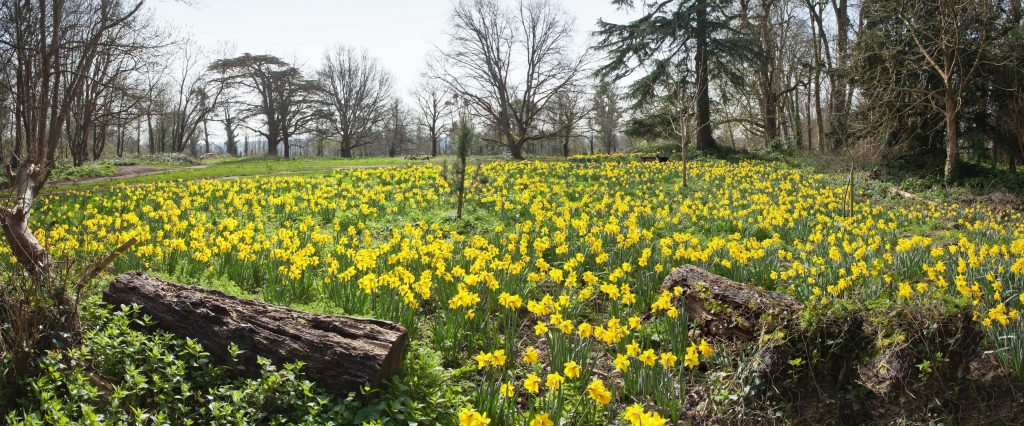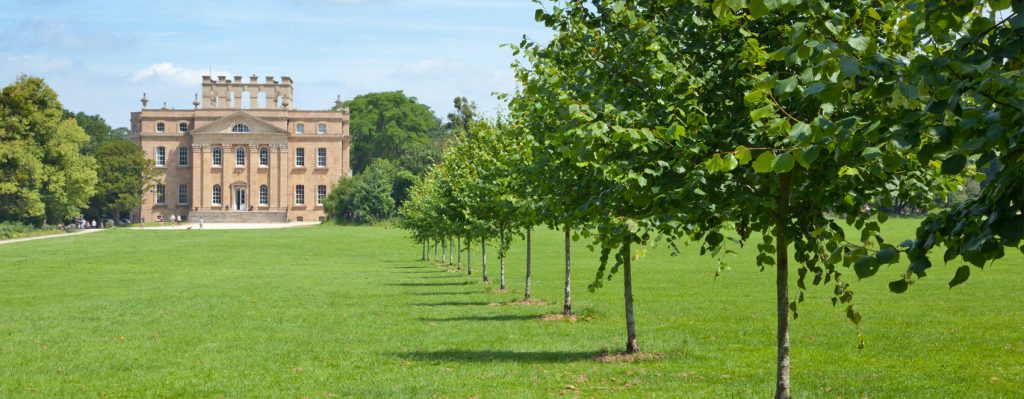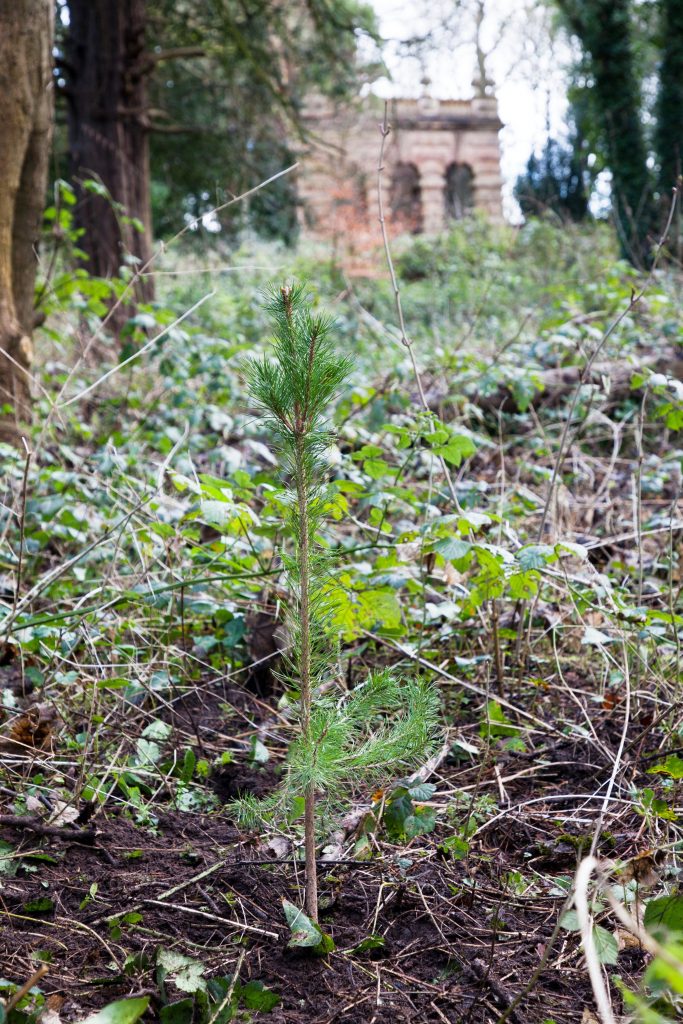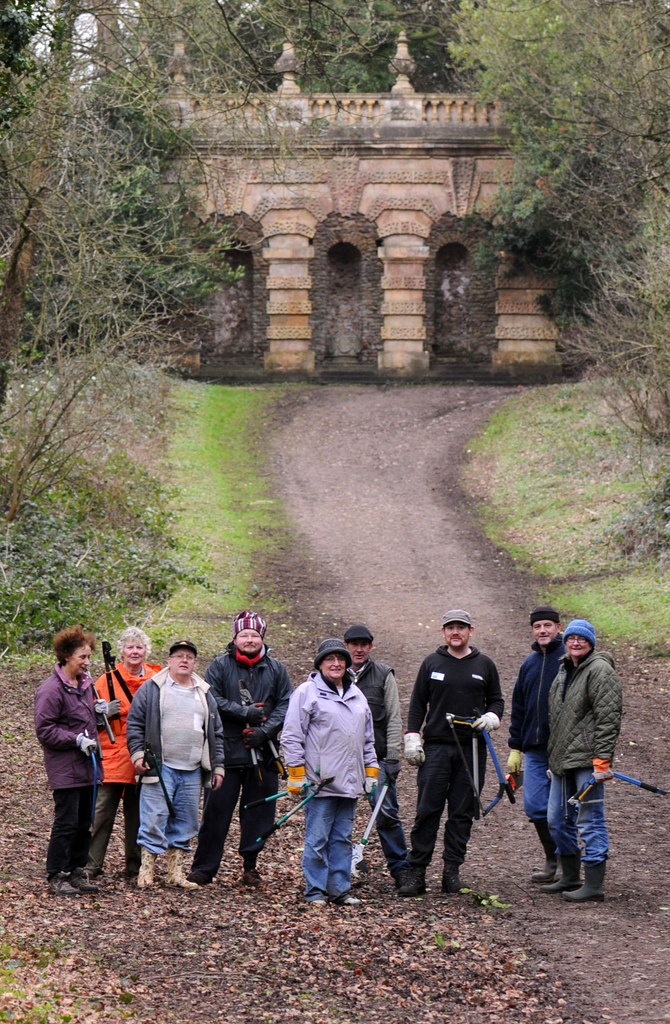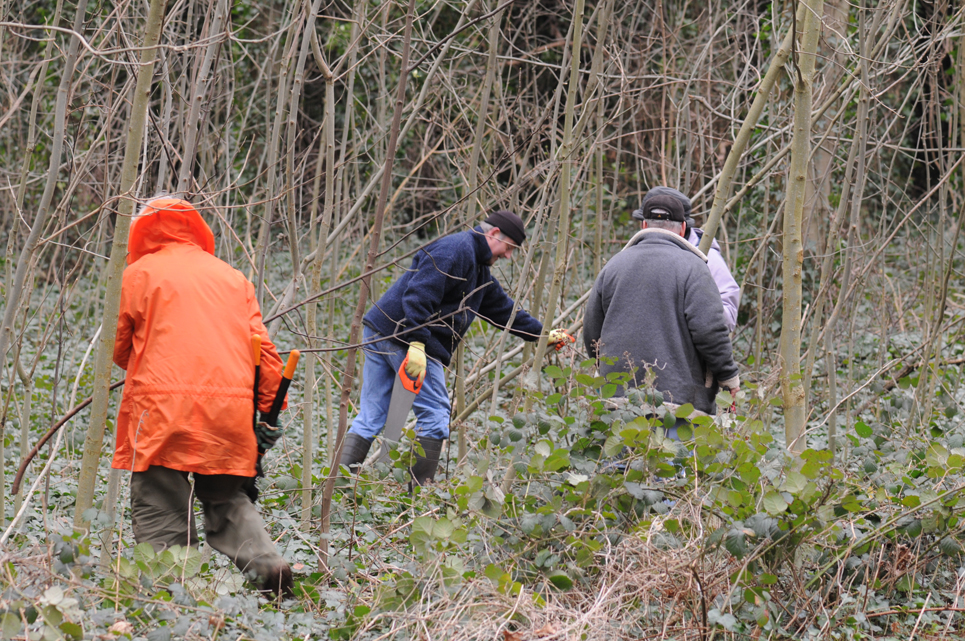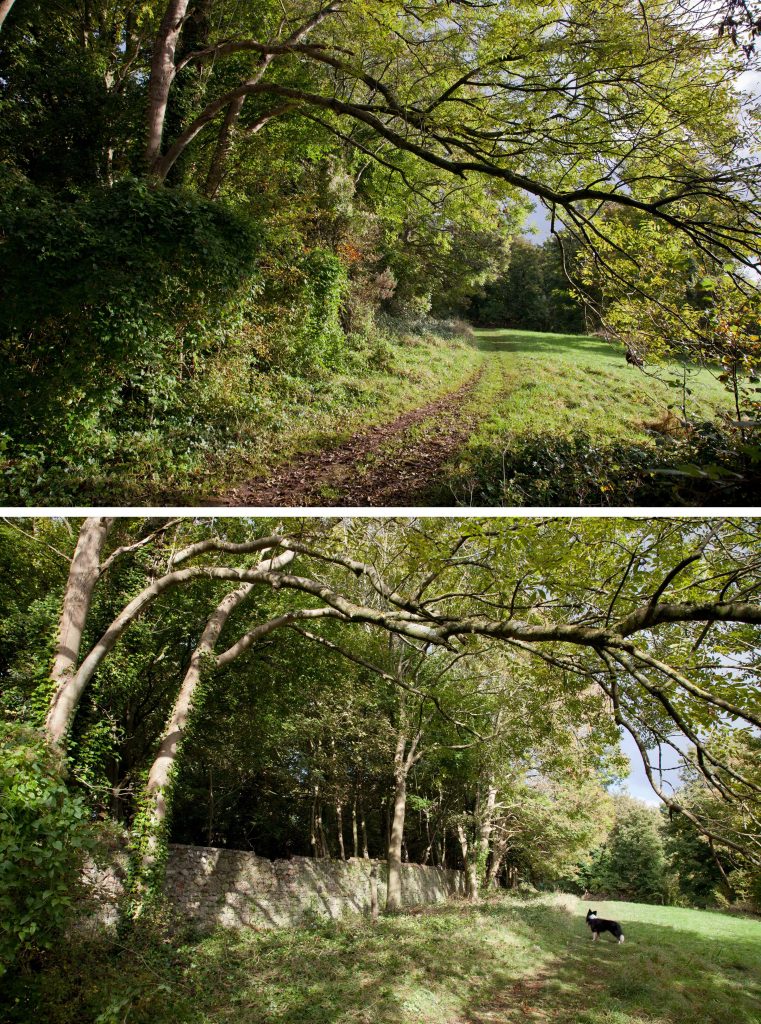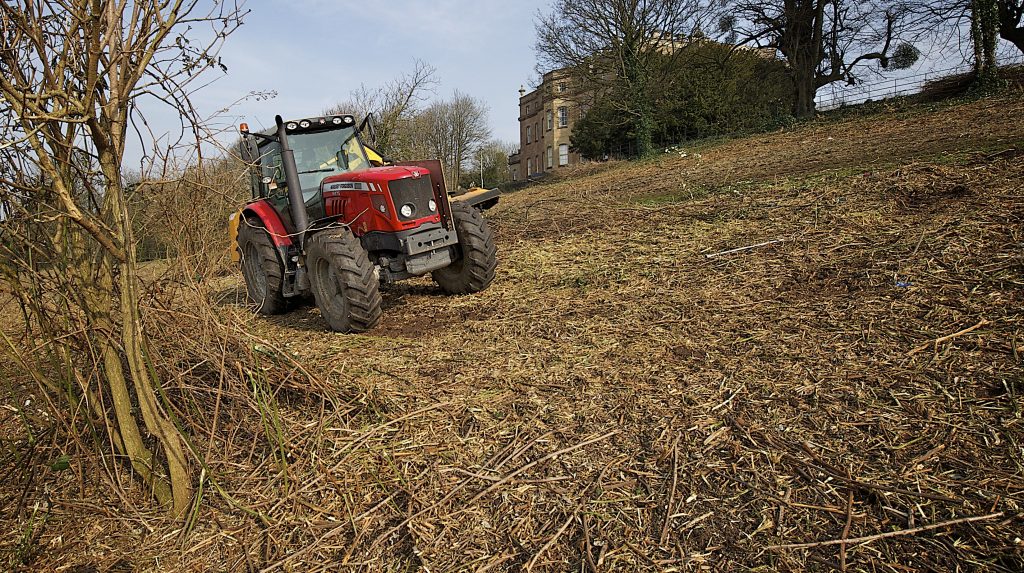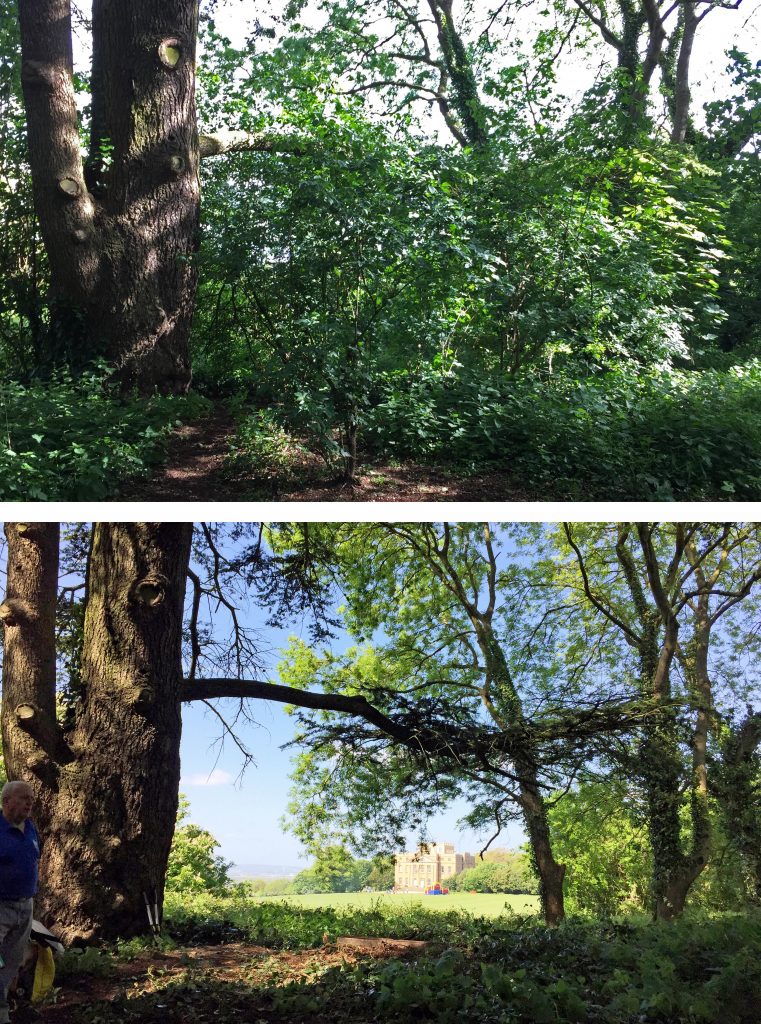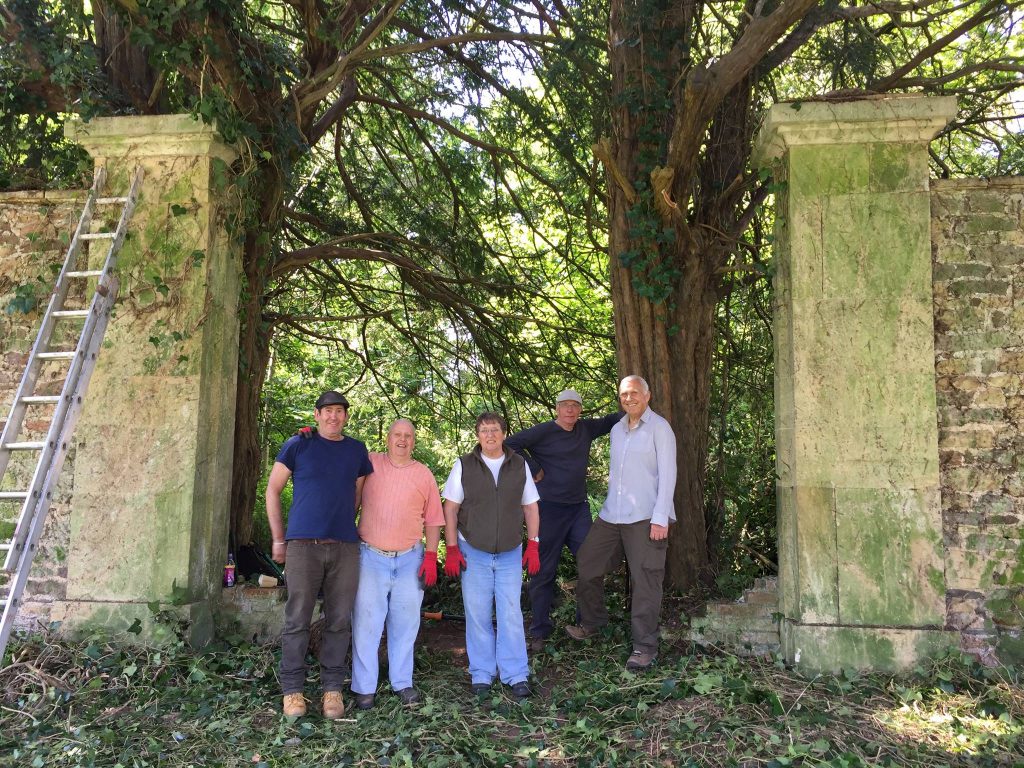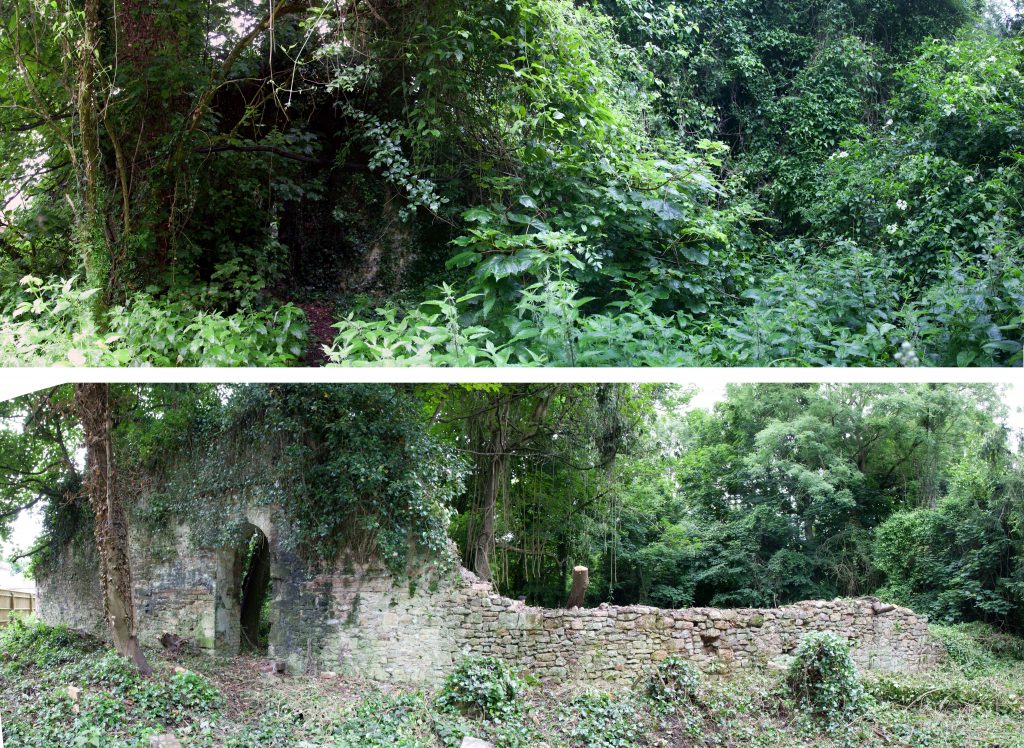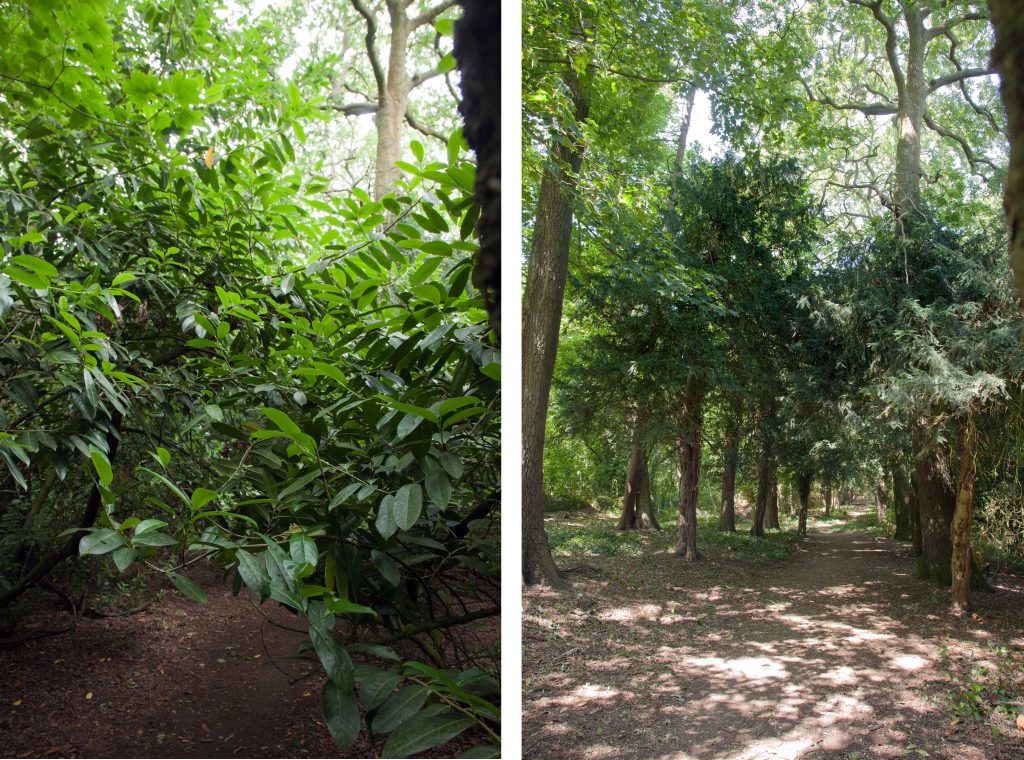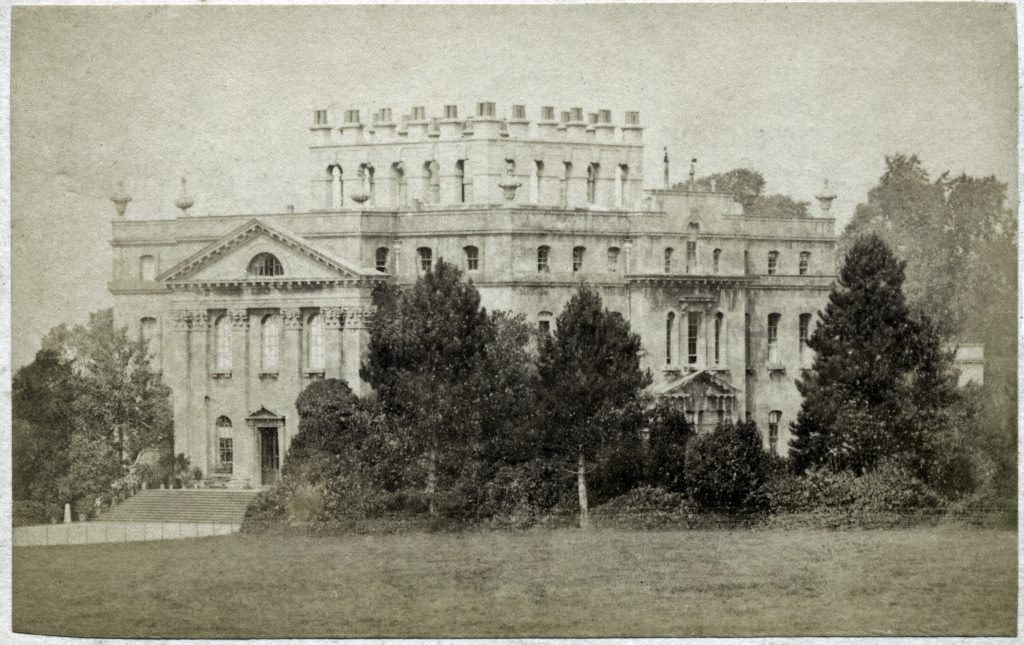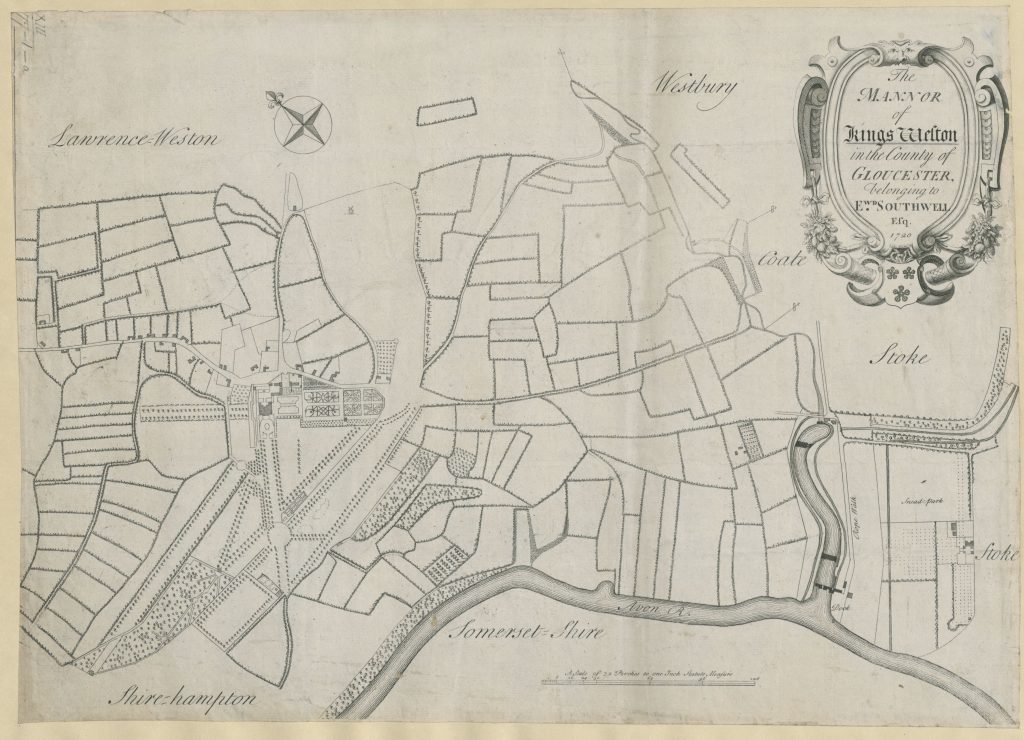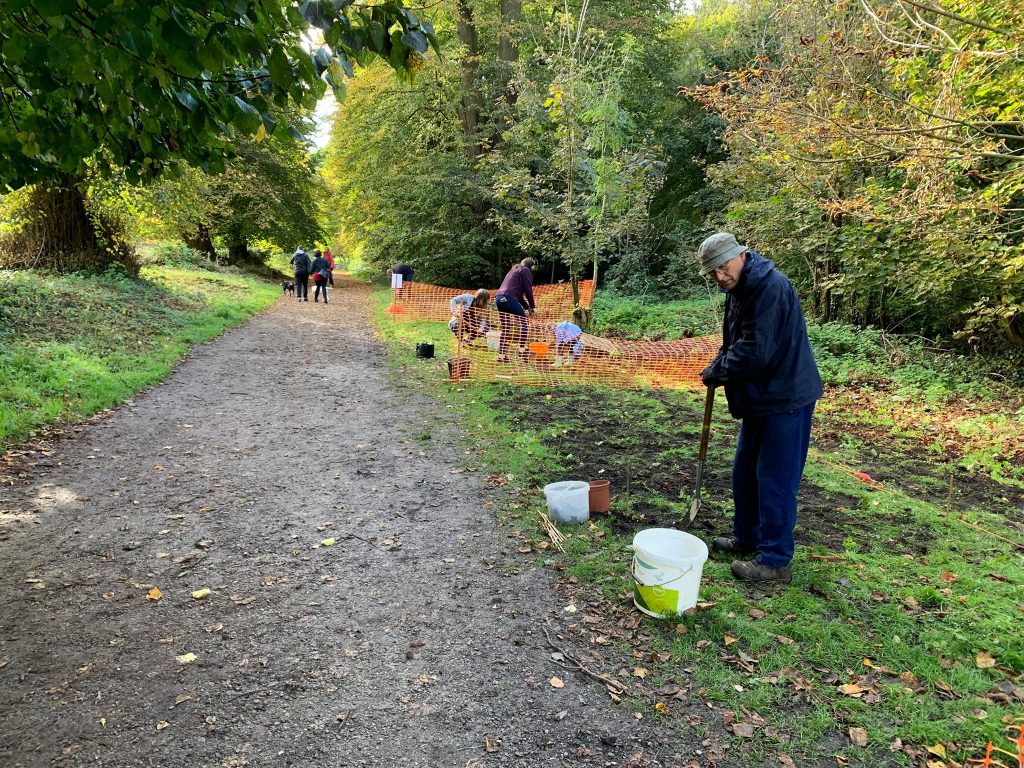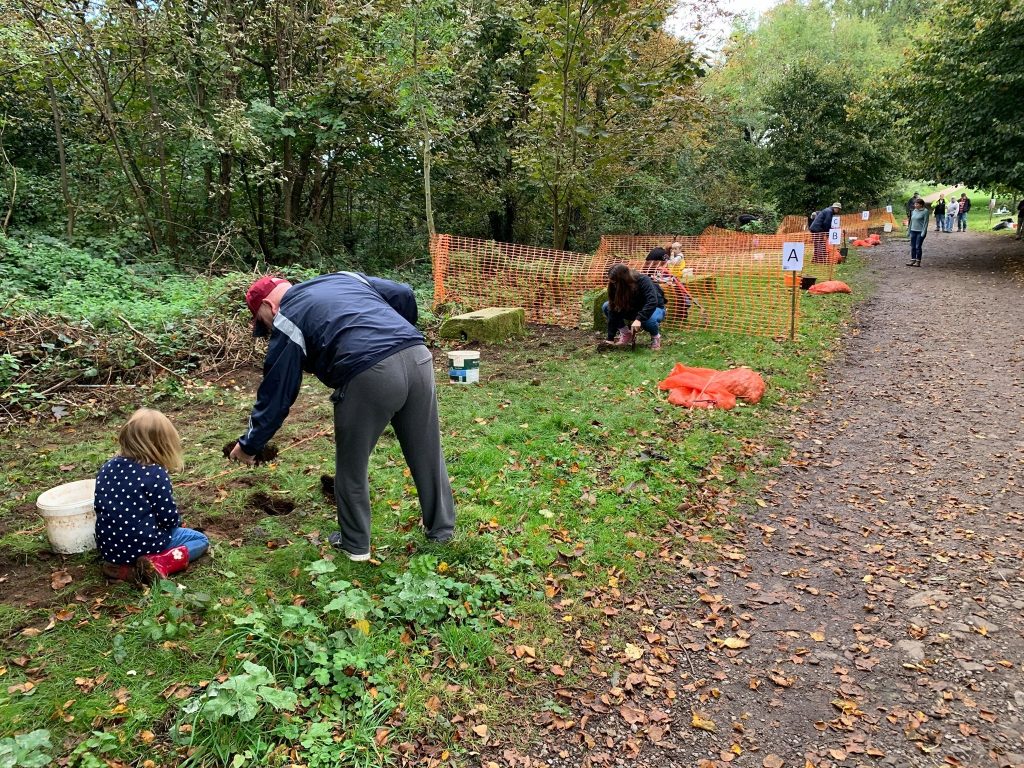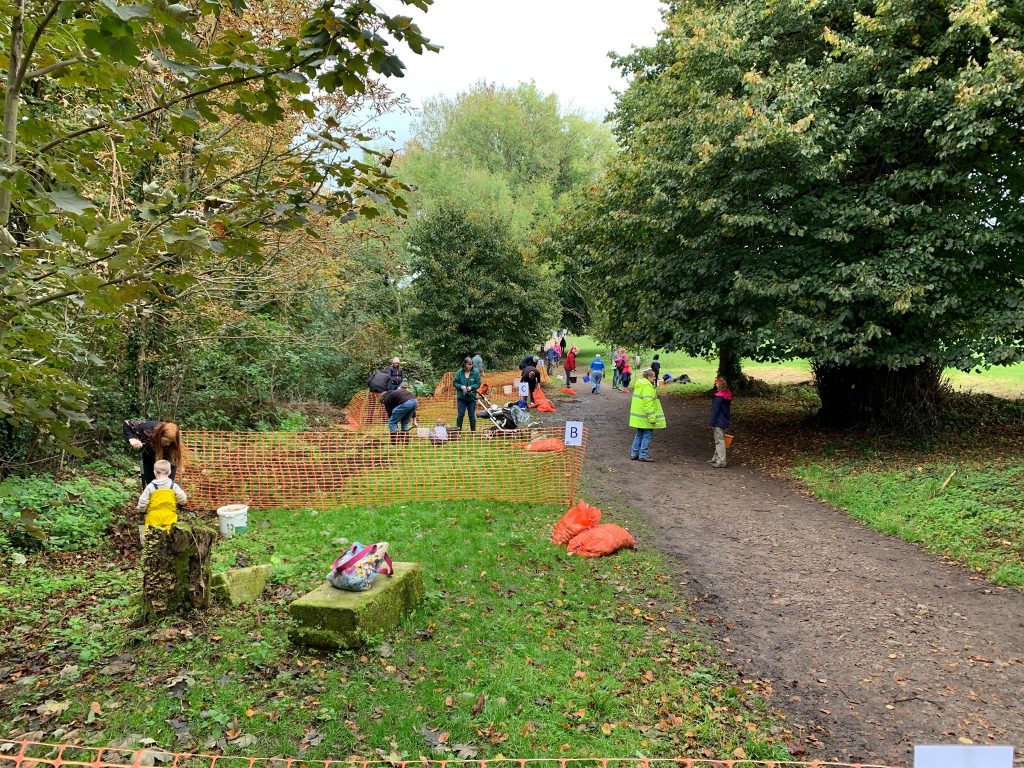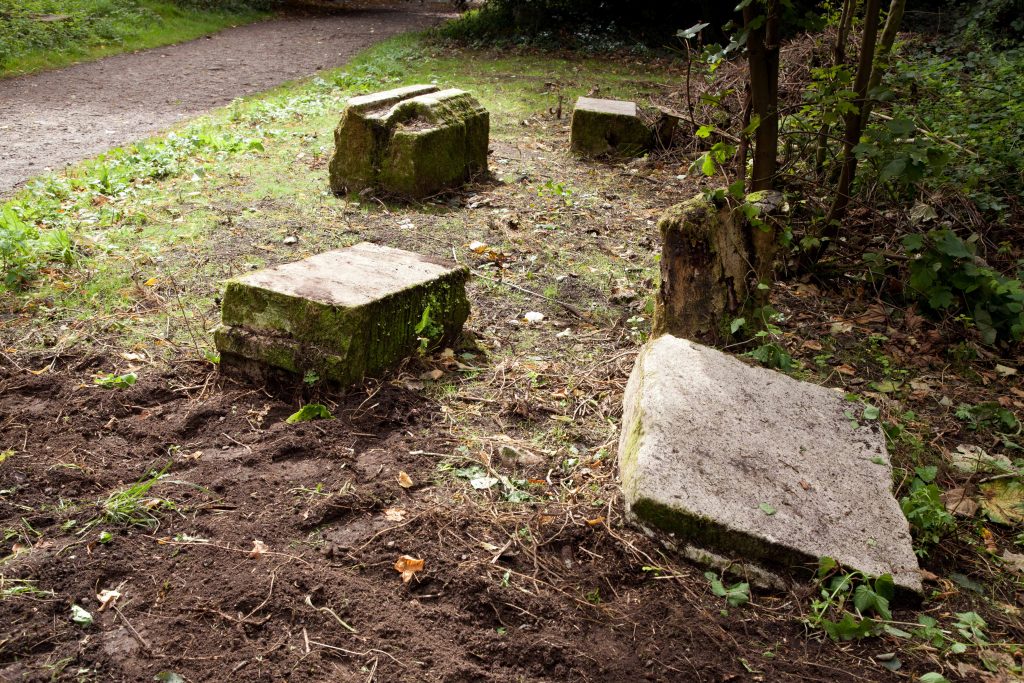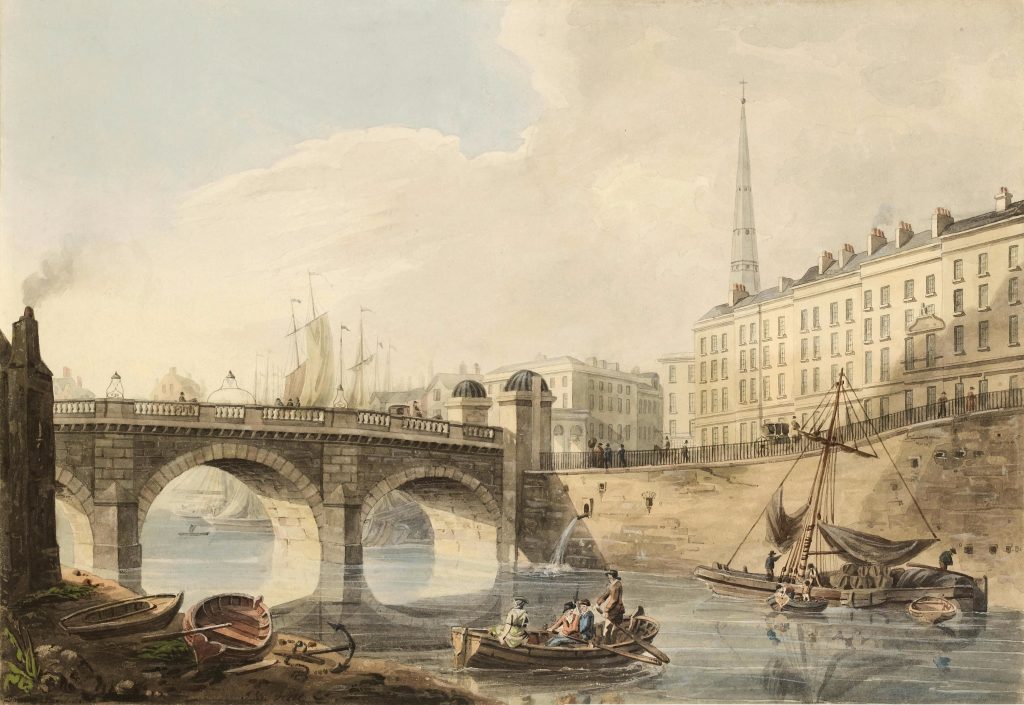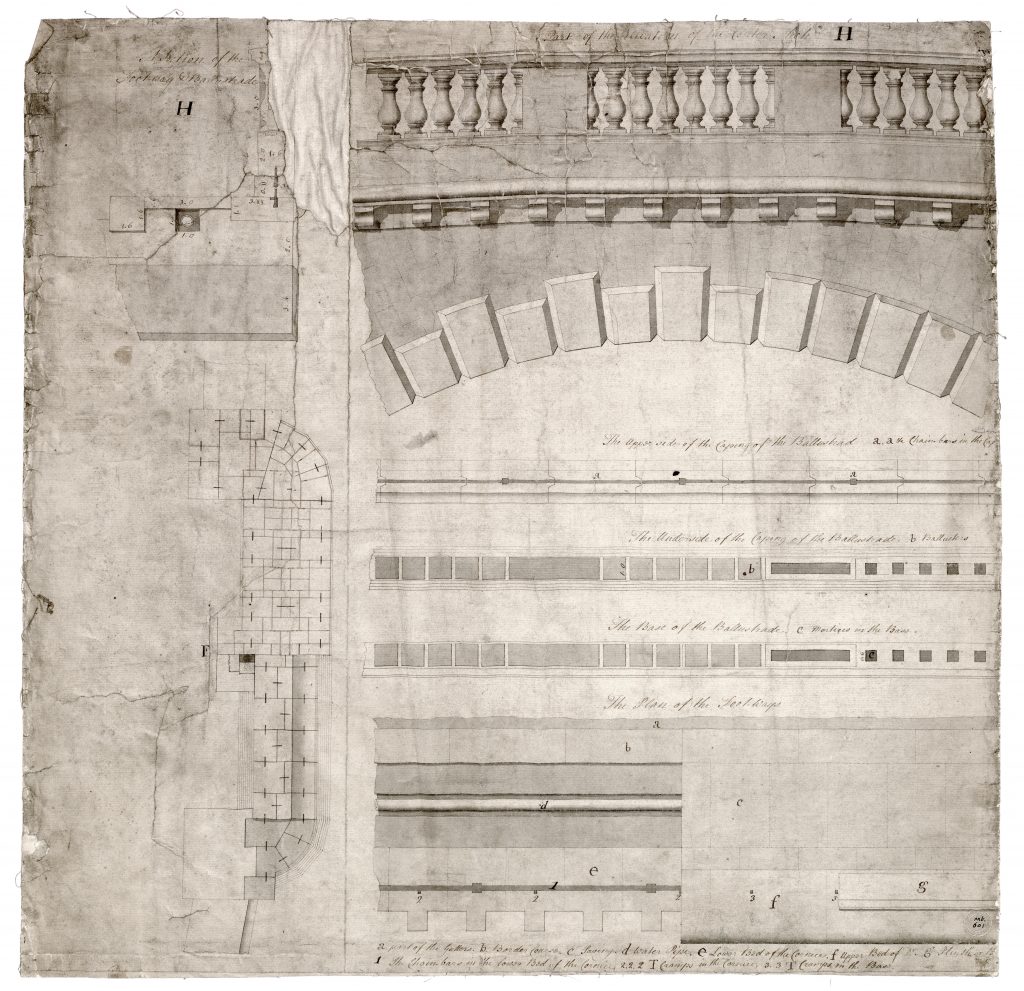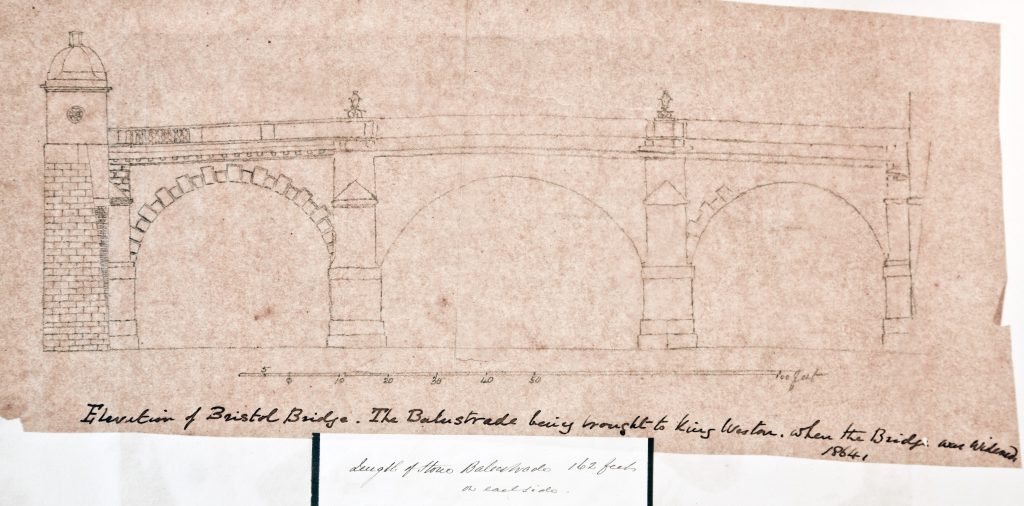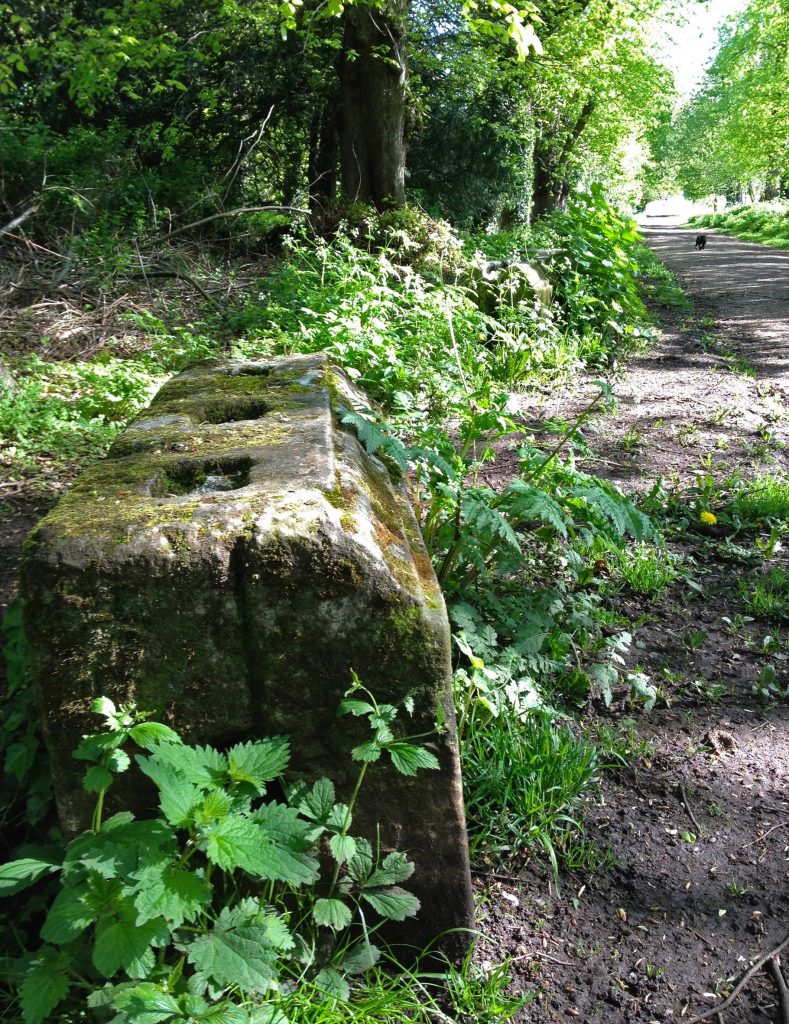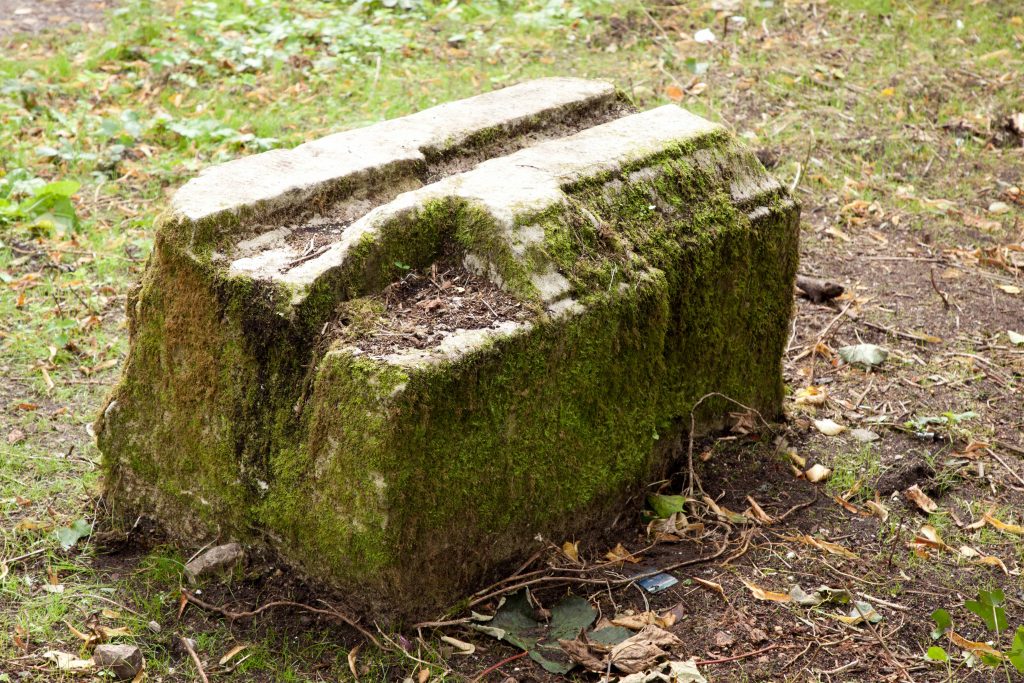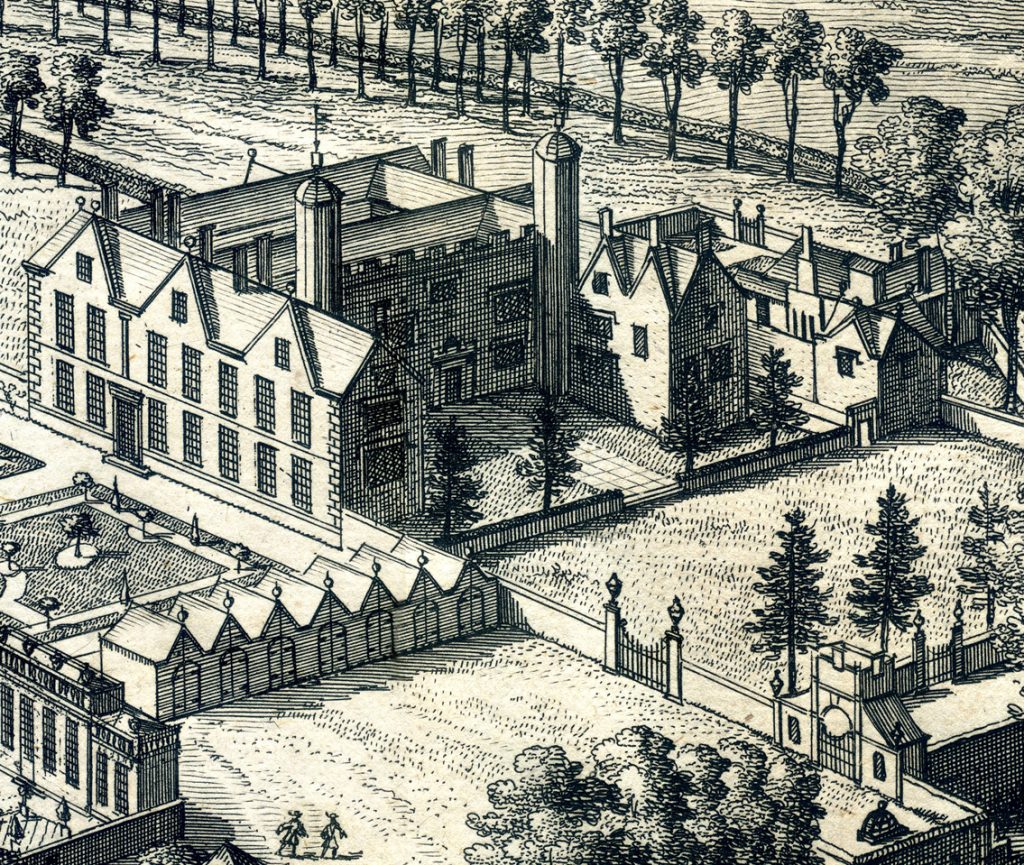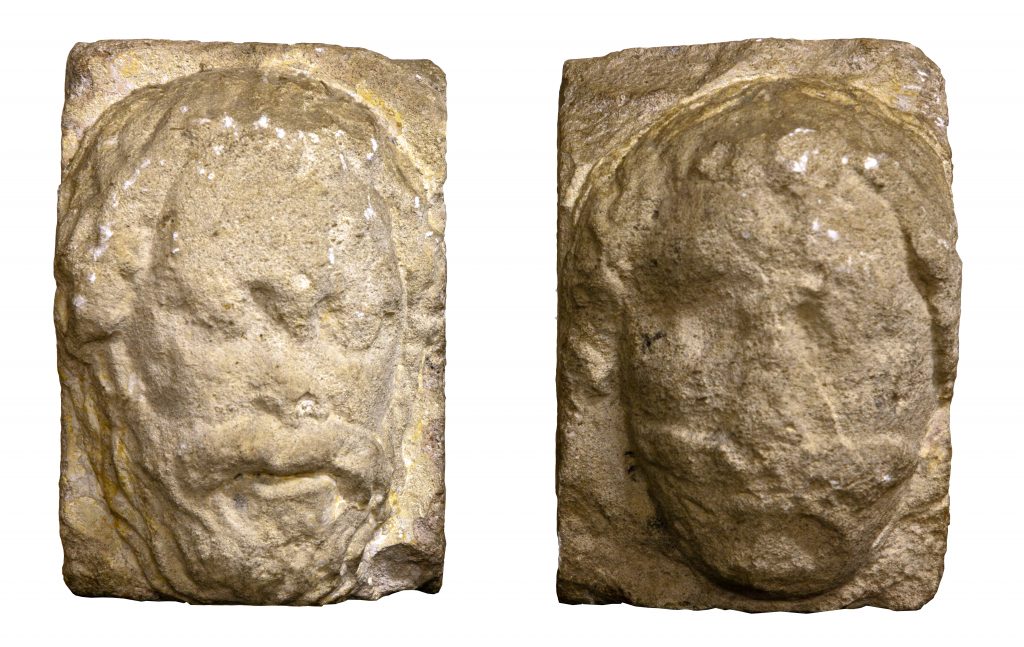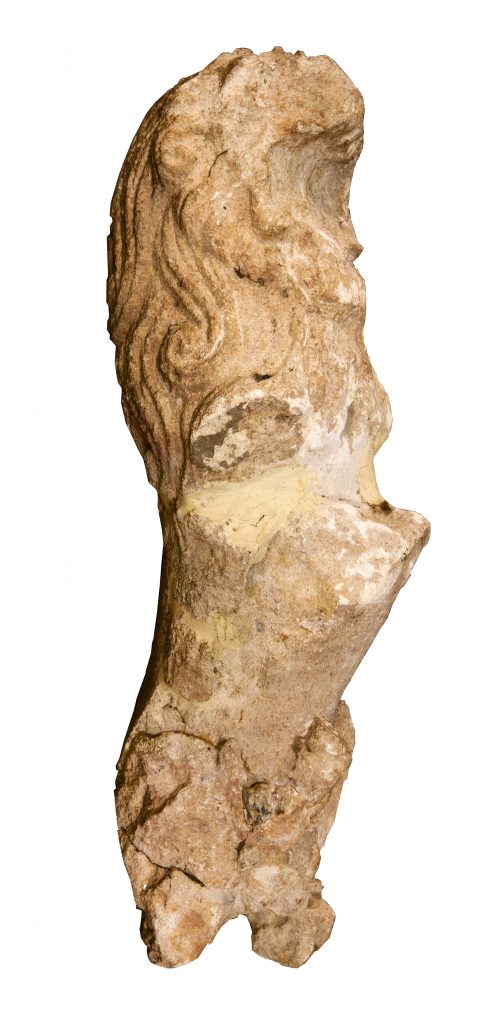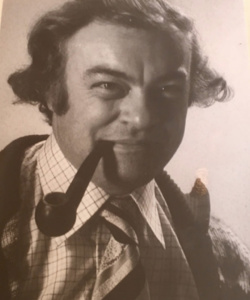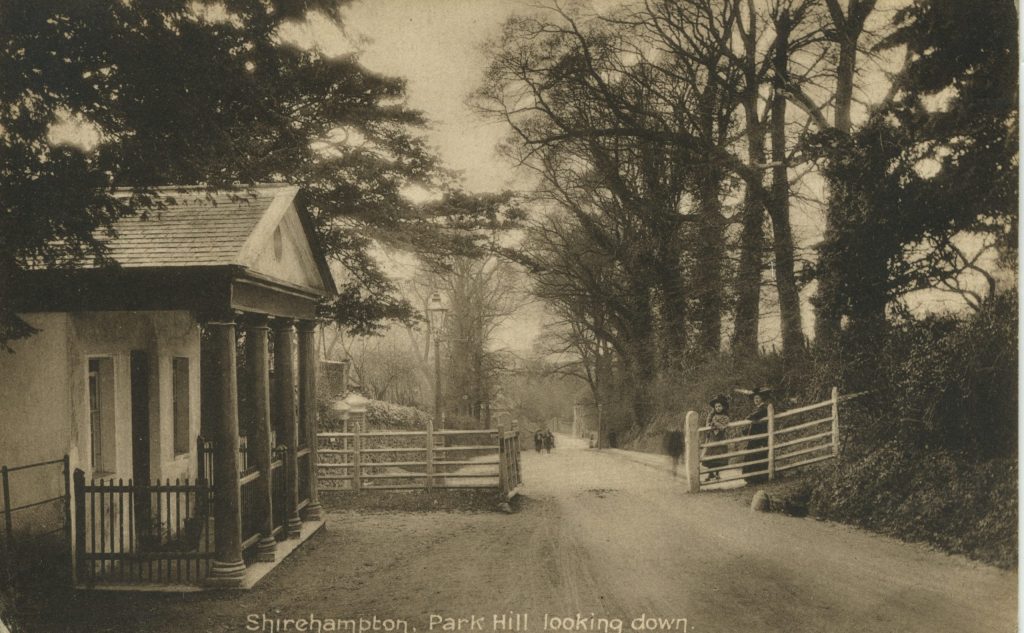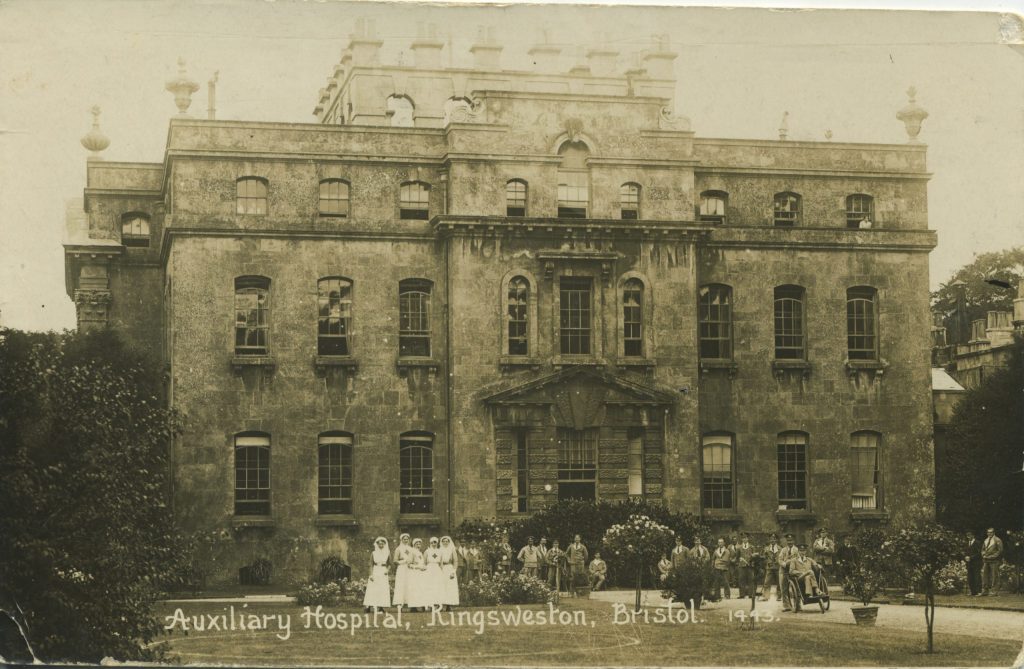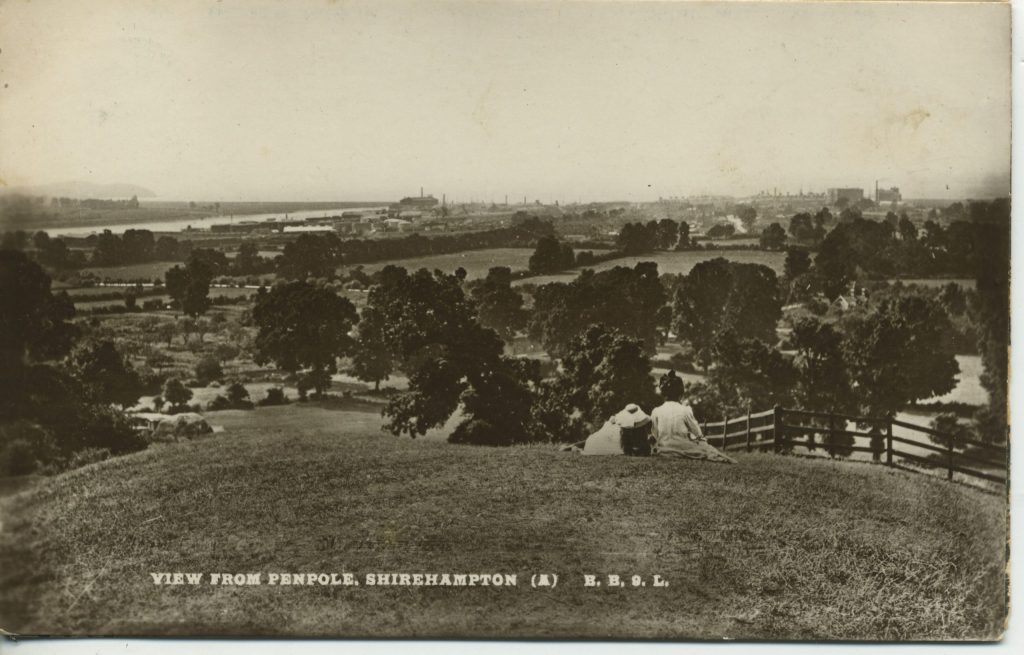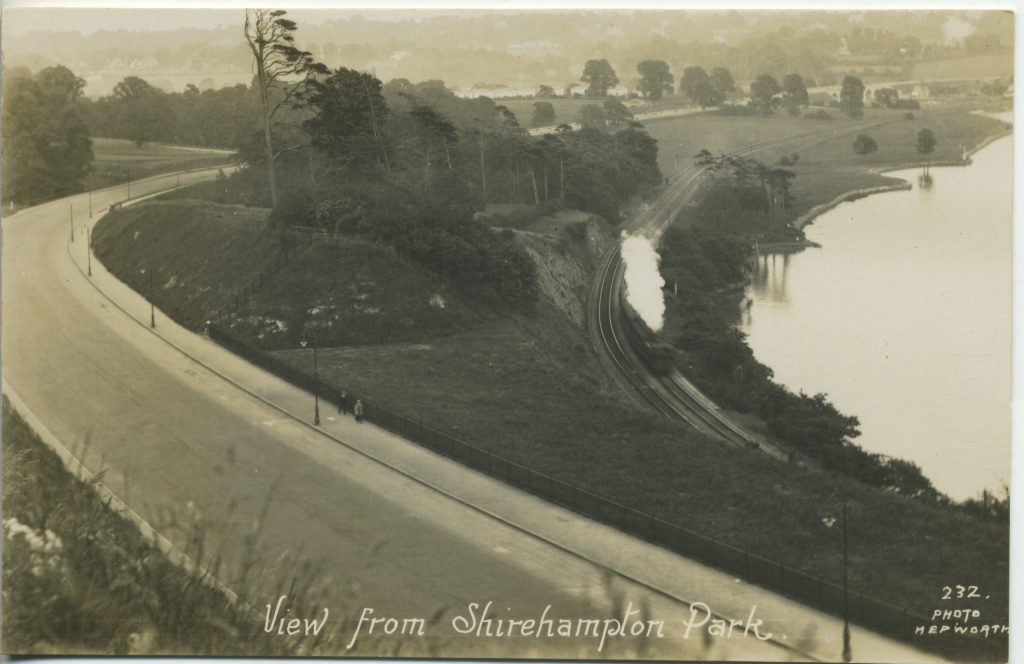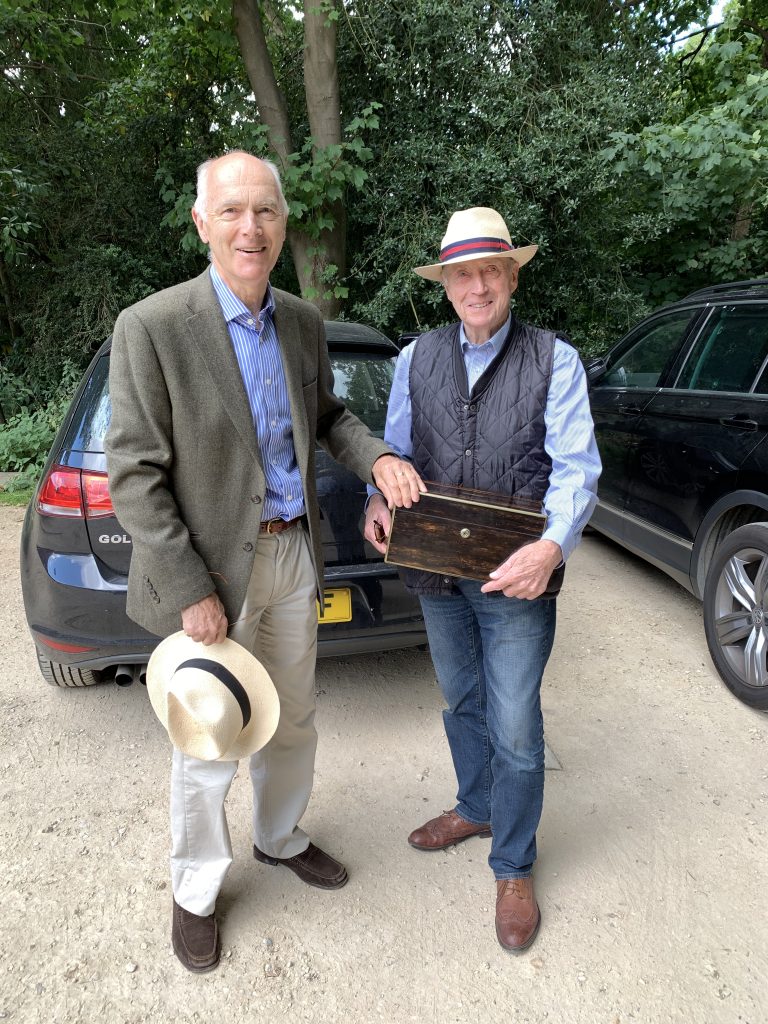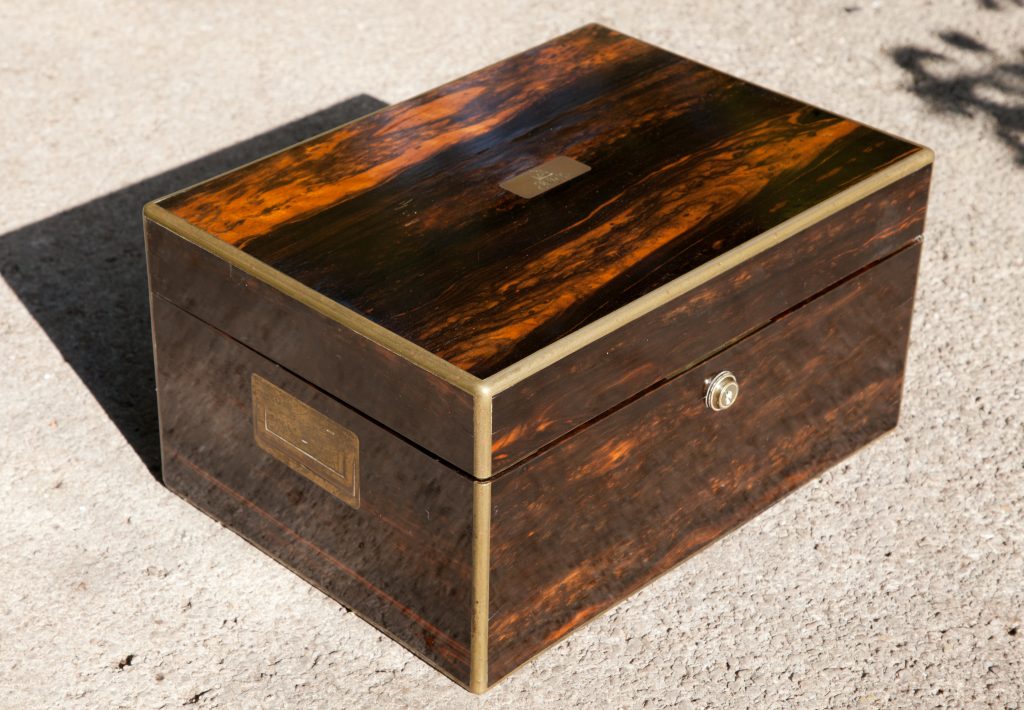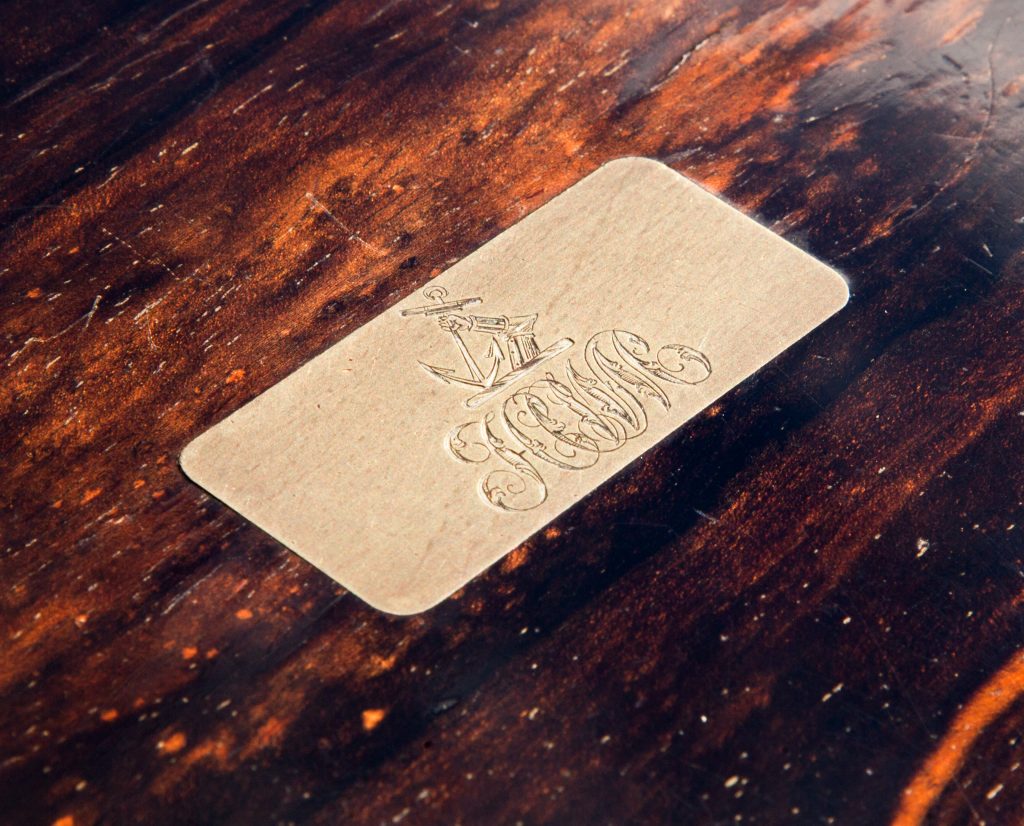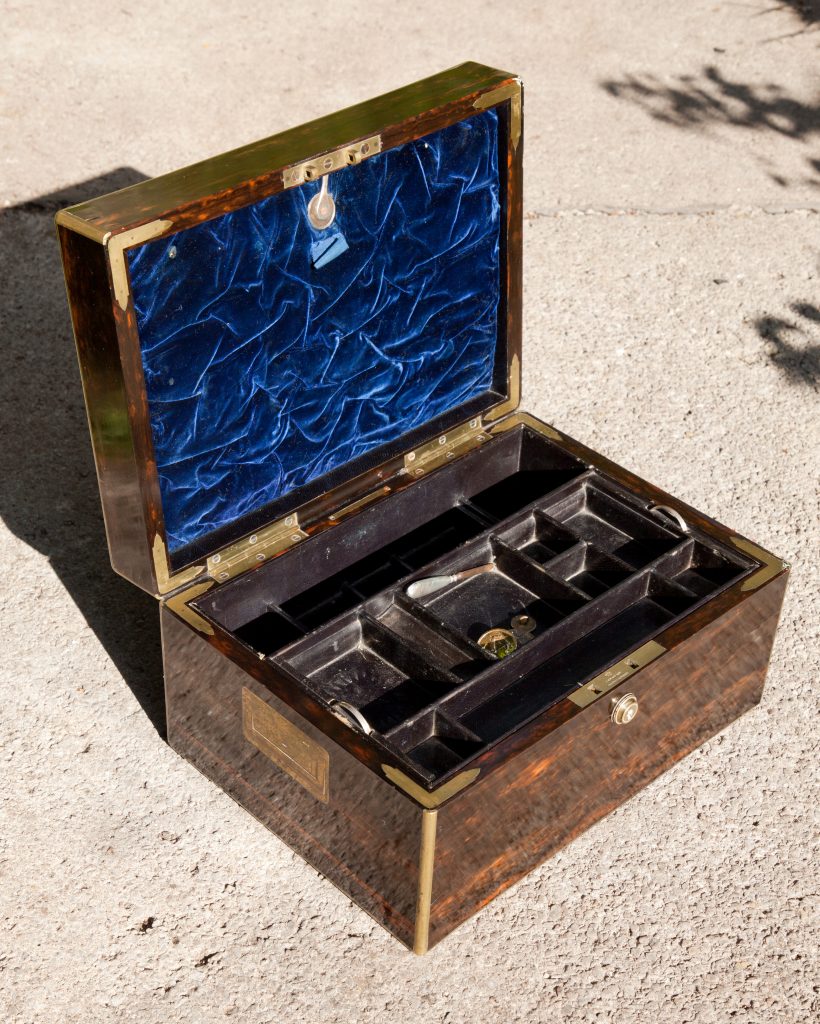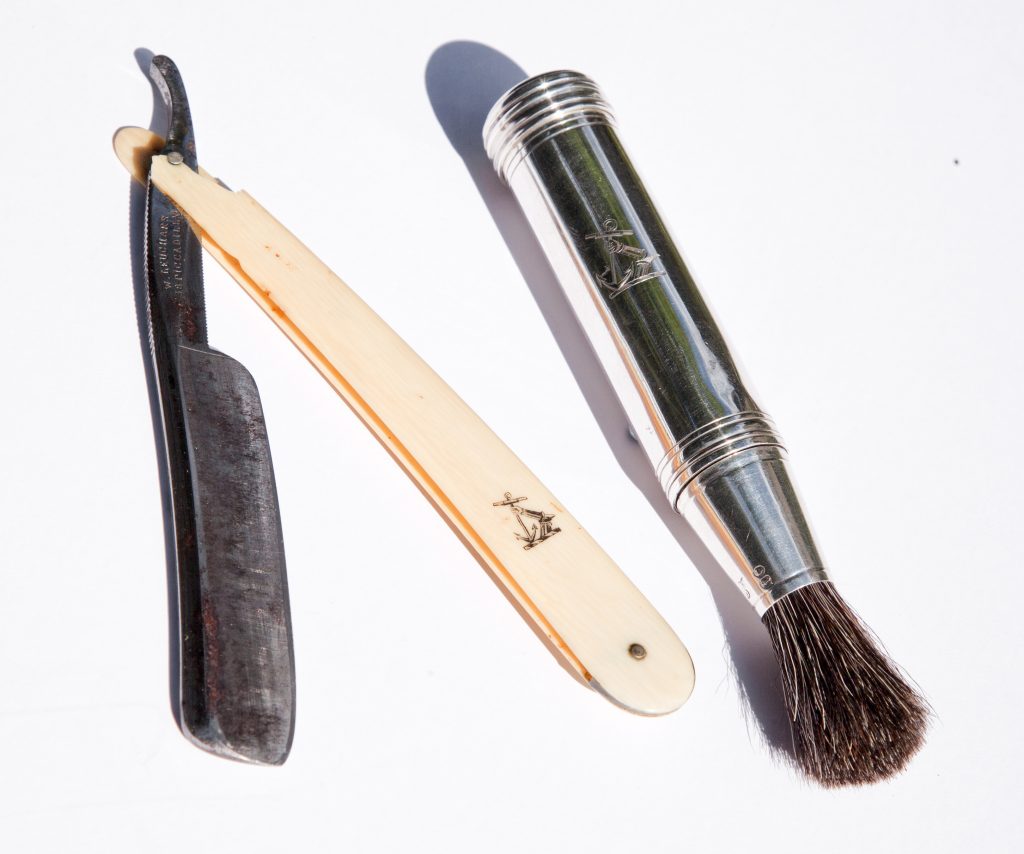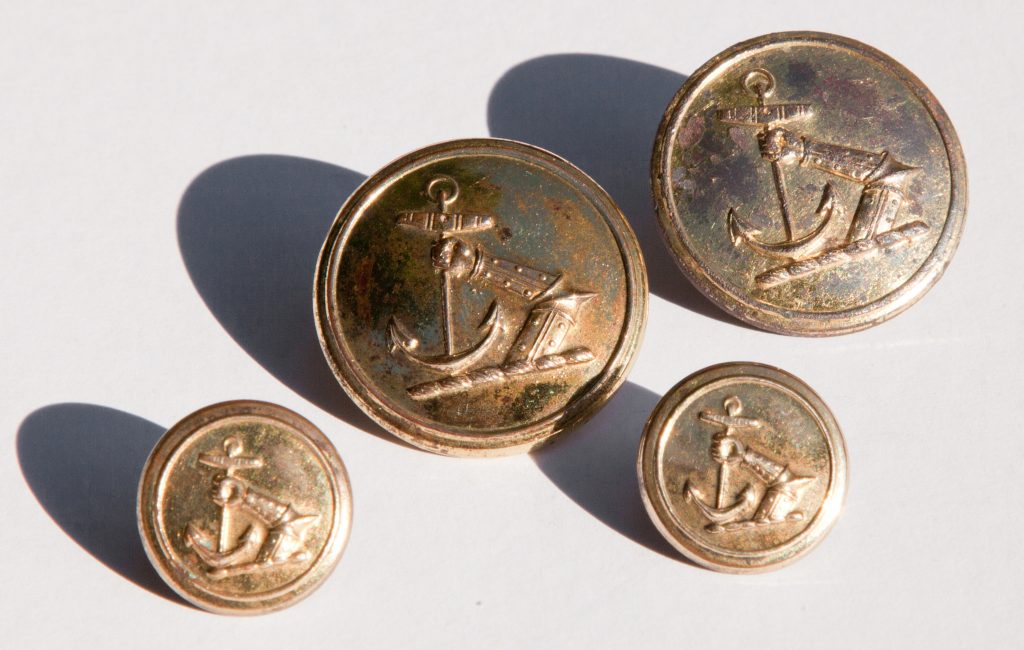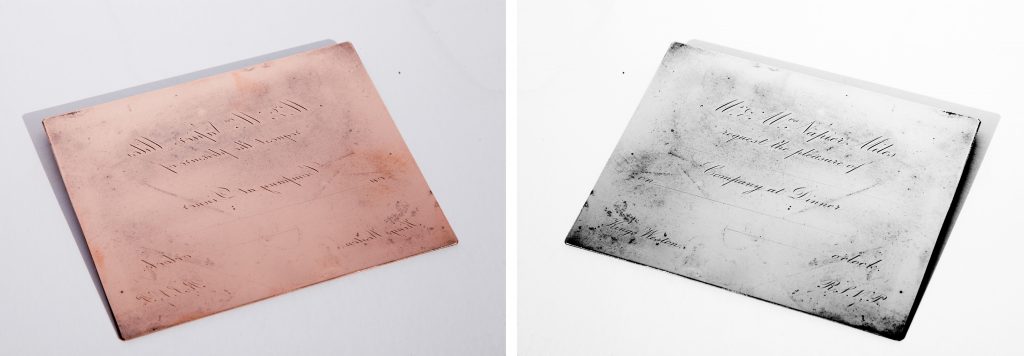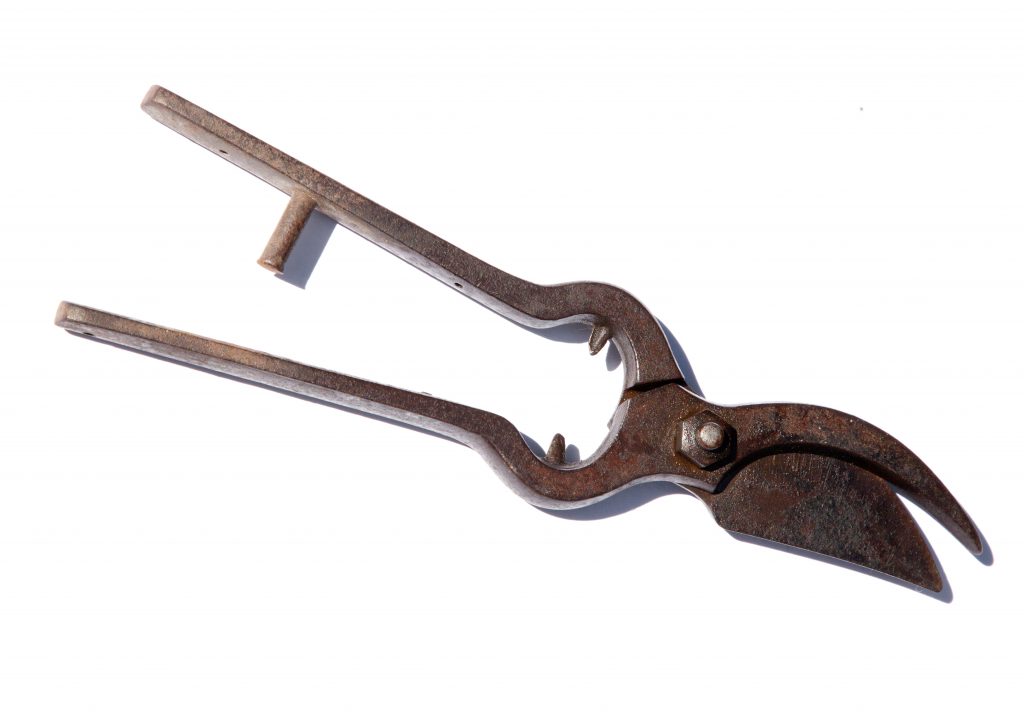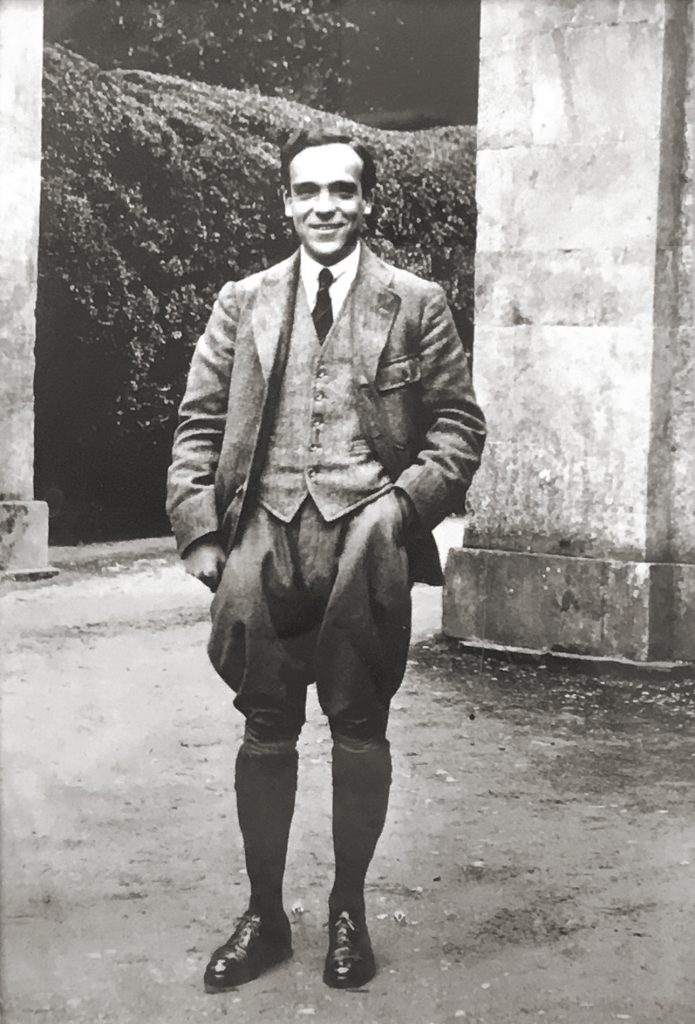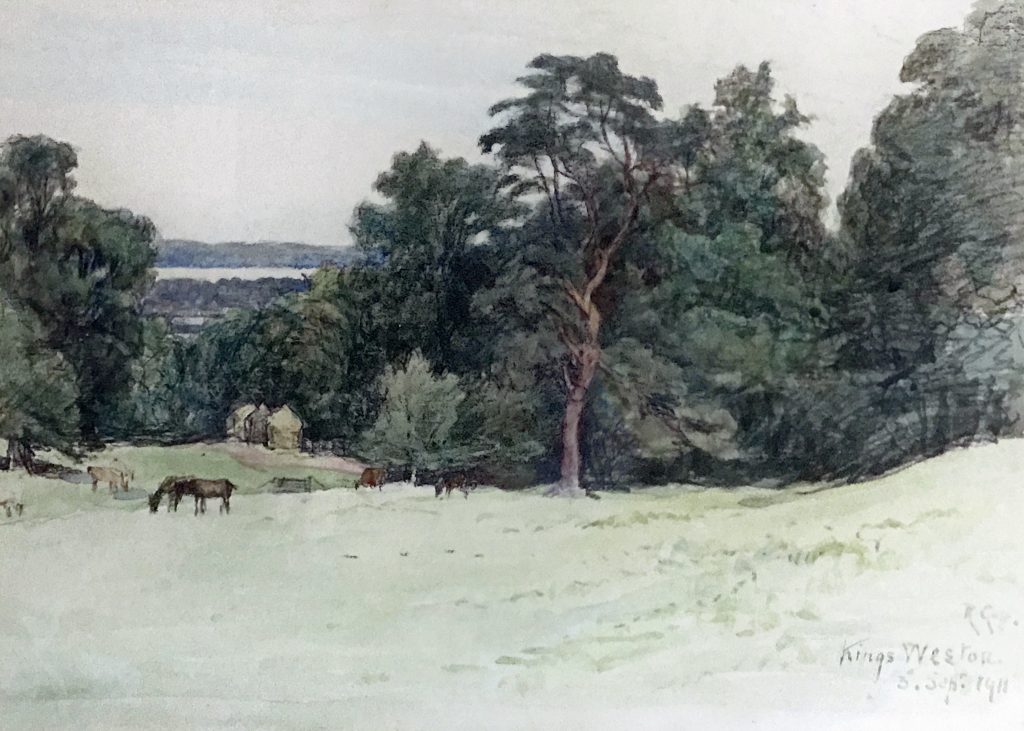A drawing has recently come to our attention in the collections of Sir John Soane’s Museum. Soane (1753-1837) is one of the UK’s most important and influential architects and he greatly admired the work of Sir John Vanbrugh. Soane had been appointed Professor of Architecture at the Royal Academy in 1806, and had drawings specially produced to support a series of lectures he gave there between 1810 and 1820. The drawing in question, of the main front of Vanbrugh’s Kings Weston, was one of a thousand used to illustrate these Lectures.
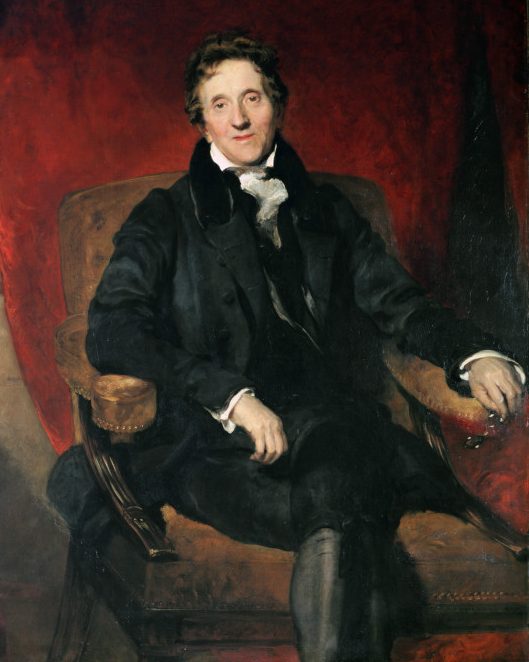
Vanbrugh’s architecture had fallen out of favour as fashions changed over the Eighteenth Century, from the drama of the Baroque to the formality of Palladianism that, in turn, developed into an icily uniform Neoclassical age. His designs, including Kings Weston, were criticised as being heavy and un-academic. Even as late as 1802 Kings Weston was being described in unflattering terms, with the Reverend Richard Warner condemning it in a stinging attack as “disgusting the eye, both within and without, by its weight and clumsiness”. Soane was amongst a new generation of architects who were reappraising Vanbrugh’s work and delighted in its imagination and drama that accorded with the new age of Romanticism. Early in his lecture series he extolled Vanbrugh’s “bold flights of irregular fancy, his powerful mind rises superior to common conceptions, and entitles him to the high distinctive appellation of the Shakespeare of architects”; high praise indeed!
The drawing of Kings Weston was used in Soane’s eleventh lecture, given in 1815. The lecture was varied in its topics, with disparate aspects of design covered, largely concerning decoration and composition. It was illustrated with a wide array of examples, both good and bad. The context for including Kings Weston is curious, and it’s important here to focus on the drawing itself and the others that were used to illustrate the particular point being made. Kings Weston is joined by Cholmondeley Hall, Hampton Court in Herefordshire, and Eaton Hall, Cheshire. All were seemingly taken from volumes of the seminal Vitruvius Britannicus, a monumental series of books produced by Colen Campbell illustrating British architecture at the start of the Eighteenth Century. Curiously all the drawings have been heavily edited from the source material and some in most alarming ways.
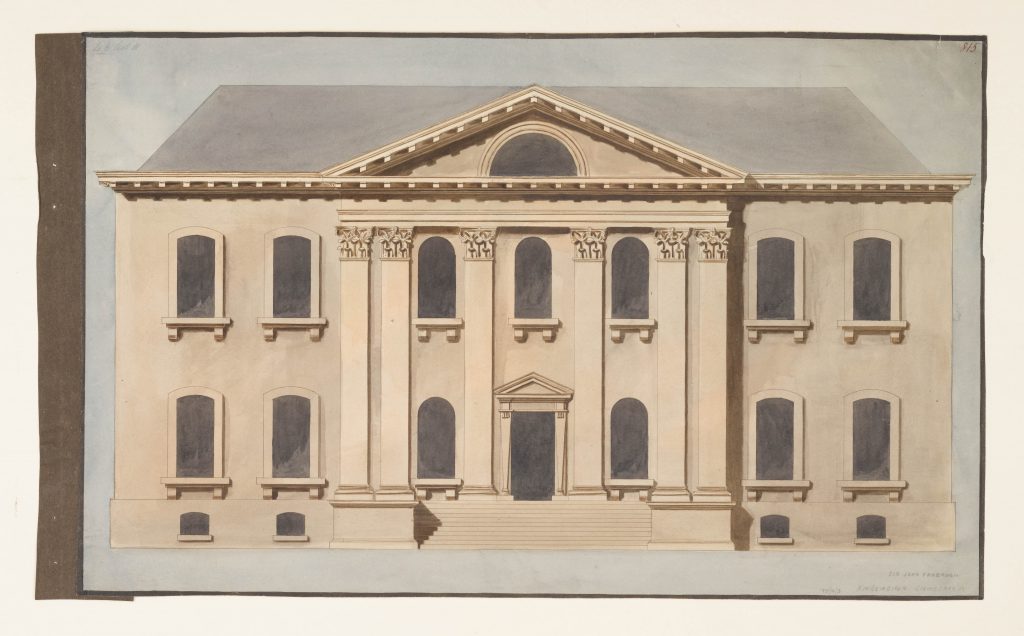
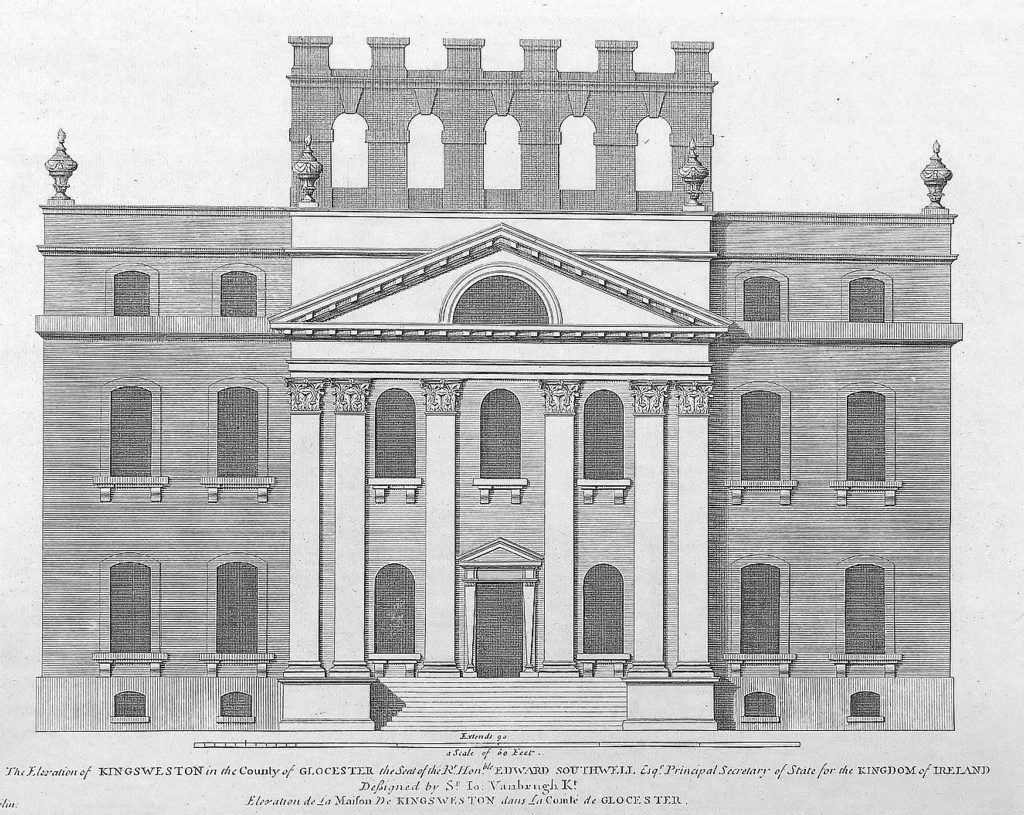
The façade of Kings Weston received perhaps the most slighting amendments: the omission of its characteristic chimney arcade and even its top storey. For the purposes of the lecture these distinctive elements were replaced by a pitched grey roof. Dr Frances Sands, the Curator of Drawings and Books at Sir John Soane’s Museum, notes that Soane was keen on accuracy in his Royal Academy lecture drawings and has expressed surprise to find these obviously deliberate alterations to the drawings. In his lecture Soane even states, somewhat misleadingly, that the drawings are “of buildings actually erected”. It seems particularly odd too that Soane would have altered the Kings Weston drawing to omit such a signature flourish from and architect he so admired.

To explore the reasons for this we need to go back to the original lecture. On the face of it the four façade drawings, and a fifth of Devonshire House, Piccadilly, are used to illustrate different formulaic arrangements of bay and window rhythms for houses. Soane observes that a simple house will typically have a central door with a window symmetrically arranged one on either side, a larger house with two either side, and Kings Weston forms the next in the series, where a wider façade is divided into a three-aperture central portion with a pediment with outer bays each with two windows. The other illustrated examples show iterations of the same formula carried over ever wider facades with further bays added to the extremities of a pedimented classical centrepiece.
It is this exact formulism that Soane is actually railing against in is lecture. He suggests foreigners complain “Architecture in England is so very deficient in variety, as if all our architects had but one mind and manner” that there is “such a deficiency of variety in the outlines of the exterior”. He complains further of the “neglect of distinctive character” in many houses. These charges against lesser architects could hardly have been reasonably levelled at such idiosyncratic a building as Kings Weston, or of much of Vanbrugh’s output.
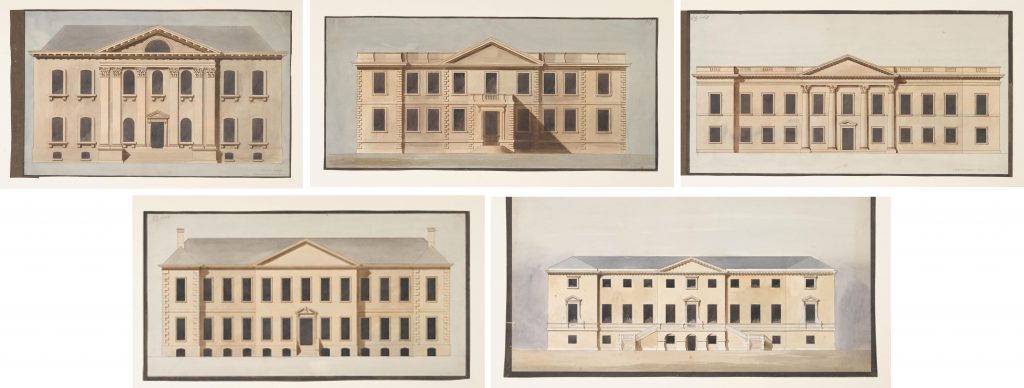
Soane required the drawings omit the more distinctive architectural elements that would otherwise have contradicted the point being made in his lecture; certainly the arcade of Kings Weston house would not have fitted comfortably into a talk on sameness and monotony. Striped of their uniqueness the four drawings are given a false consistency, emphasising points in the lecture about the use of a central pediment and bay rhythms that Soane considered generic, repetitious, and without imagination. Perhaps his source books, particularly Vitruvius Britannicus, failed to provide him adequately mundane examples to use, and he was forced to adapt what was available.
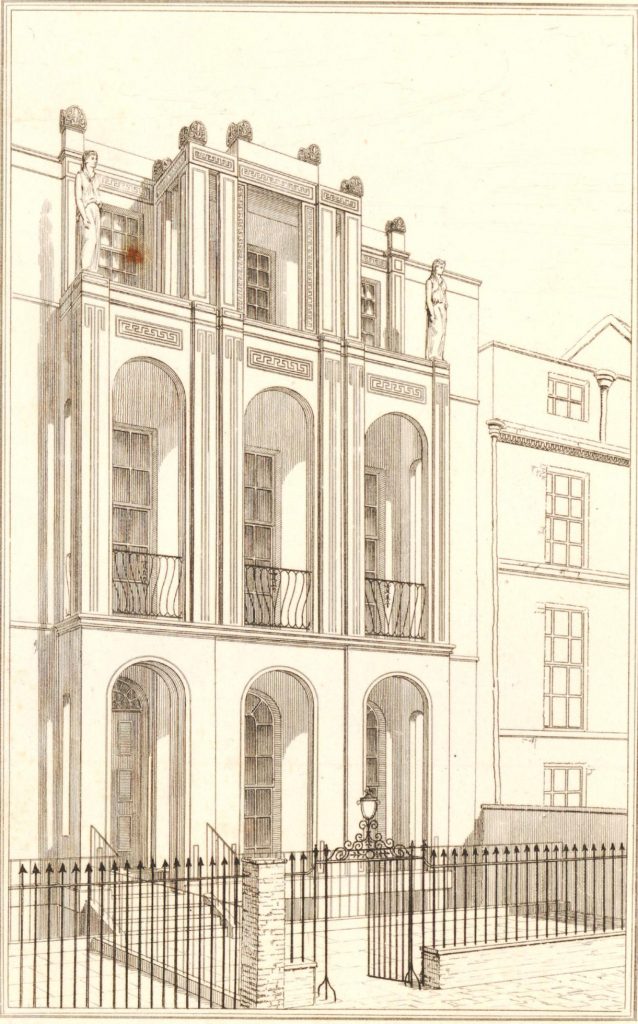
Within just a few paragraphs of his lecture Soane is again celebrating Vanbrugh’s work “who, for invention, has no equal in this country. Boldness of fancy, unlimited variety, and discrimination of character mark all his productions”. By association this must have included Kings Weston that had been visually maligned only shortly before. Had anyone in the lecture recognised the house, noticed the distortion, and known it to have been Vanbrugh’s design they might have been left particularly puzzled.
It’s not known whether Soane ever came to Bristol to see the house for himself. His closest commission was at Piercefield Park near Chepstow. In 1785, when he was working up drawings for Piercefield, Kings Weston would have been on a well-trodden tourist path between the spa towns of Bristol and Bath and the Wye Valley. Excursions across the Severn were well published. In fact, on a clear day, one can look south-west from Piercefield and the Kings Weston escarpment is clearly visible in the distance; It’s quite possible that Soane could have crossed to Gloucestershire to see it. If he visited it would be impossible to say what impact Kings Weston could have had on the 32 year-old architect. On Vanbrugh Soane said “the young architect, by studying the picturesque effects of his works, will learn to avoid the dull monotony of minor artists and learn to think for himself, and acquire a taste of his own”. One might hope that Kings Weston has helped to inspire successive generations of architects in his wake.
